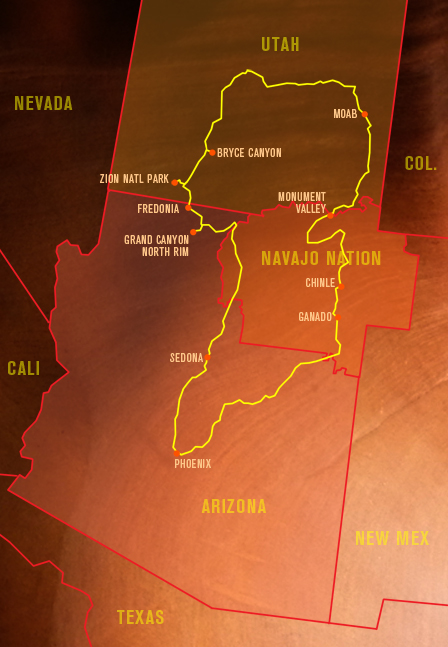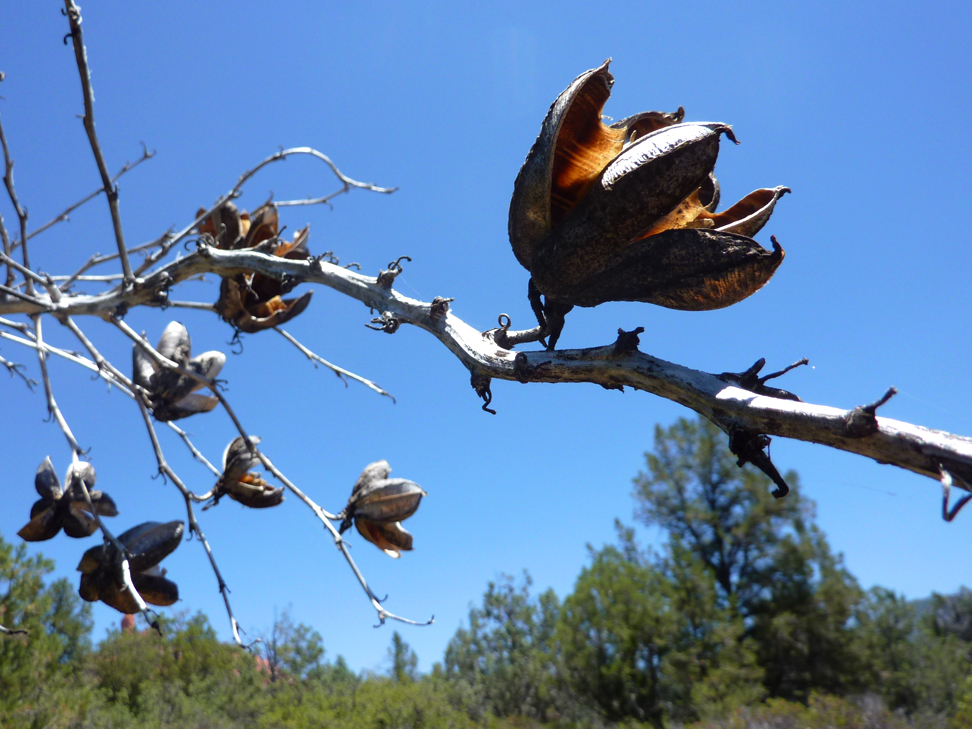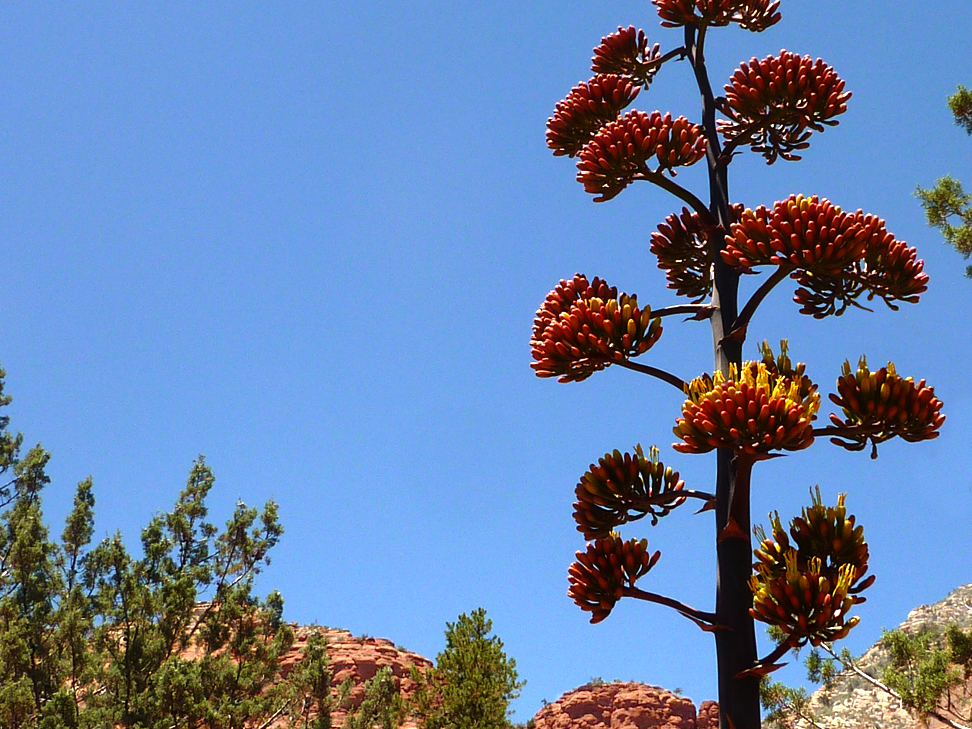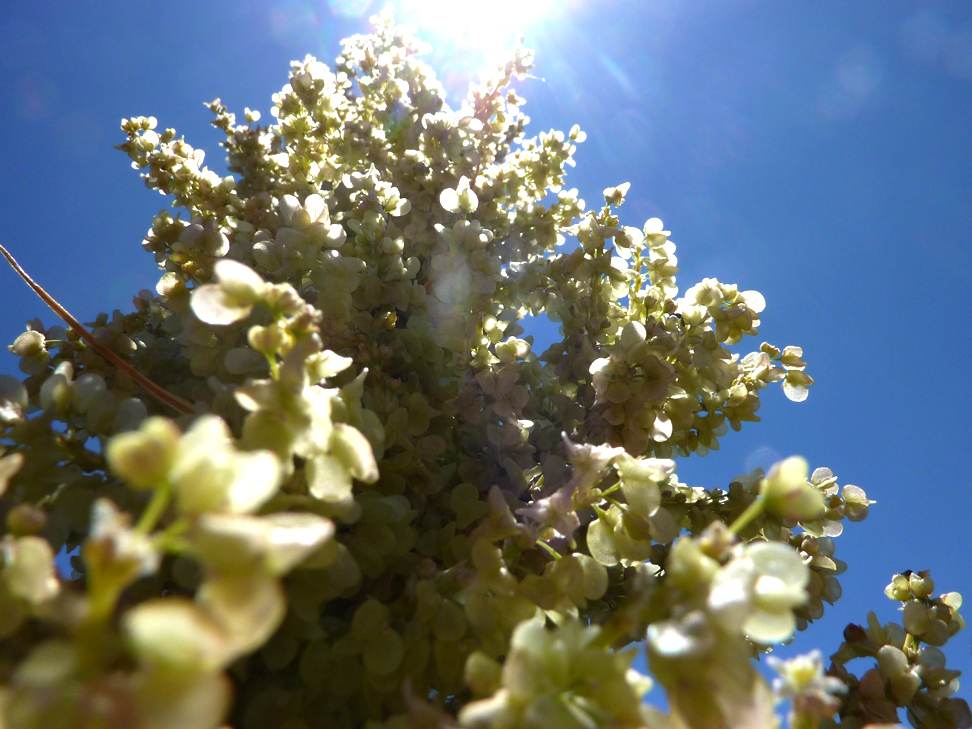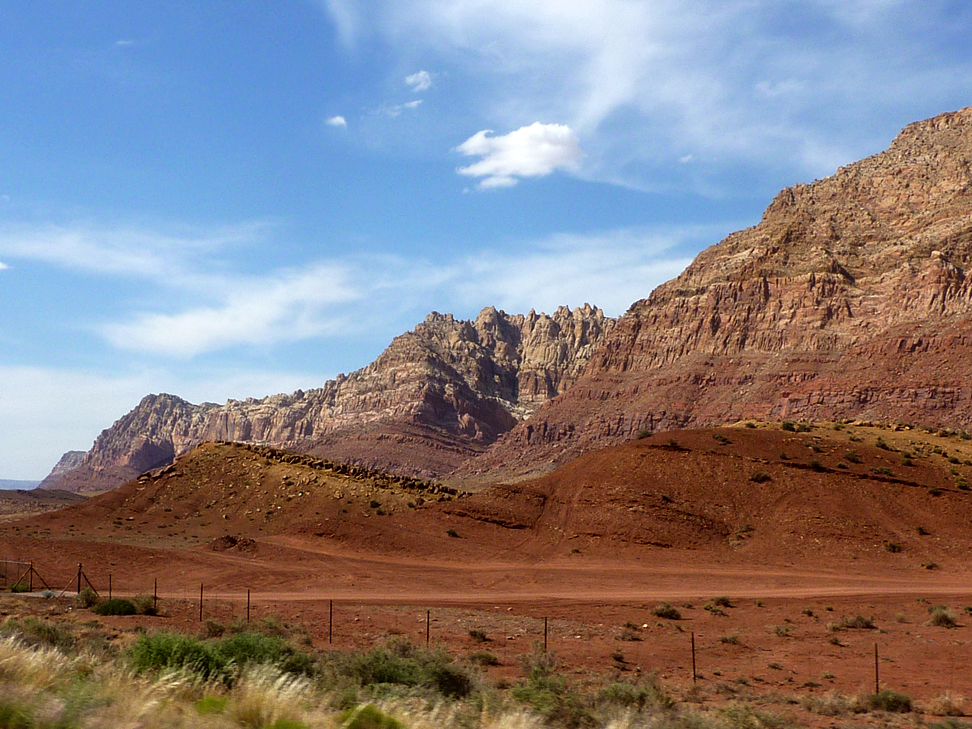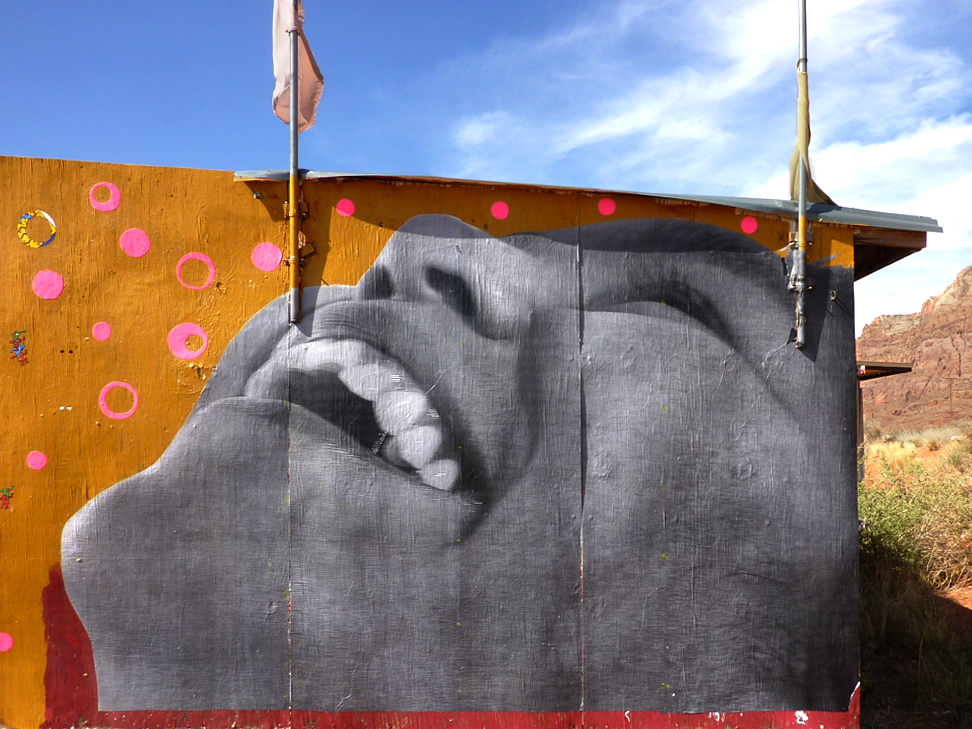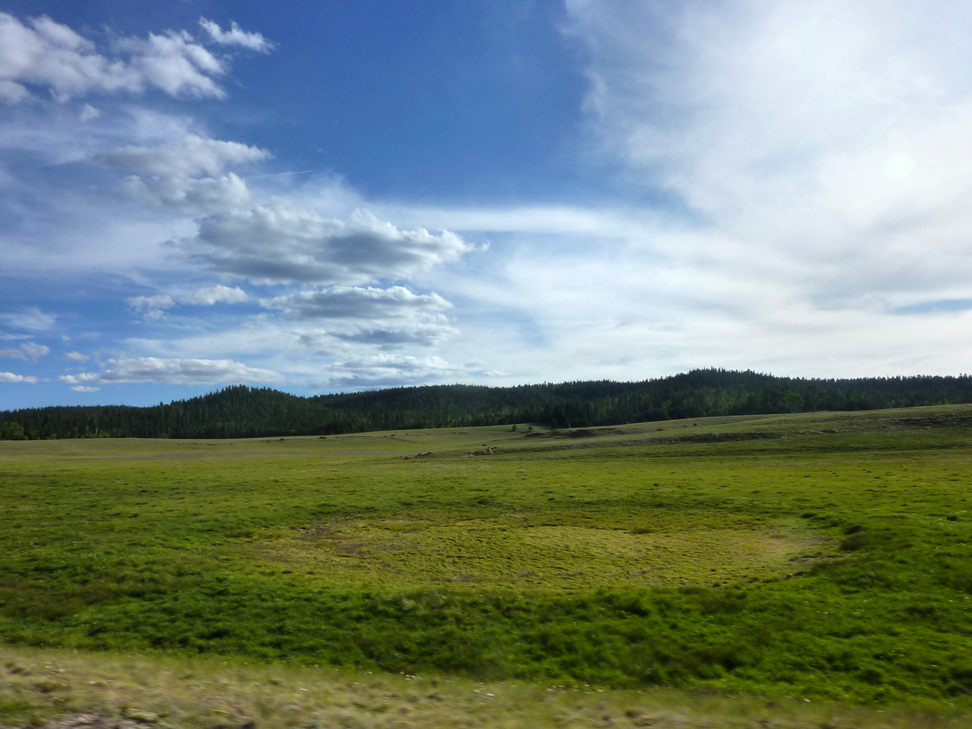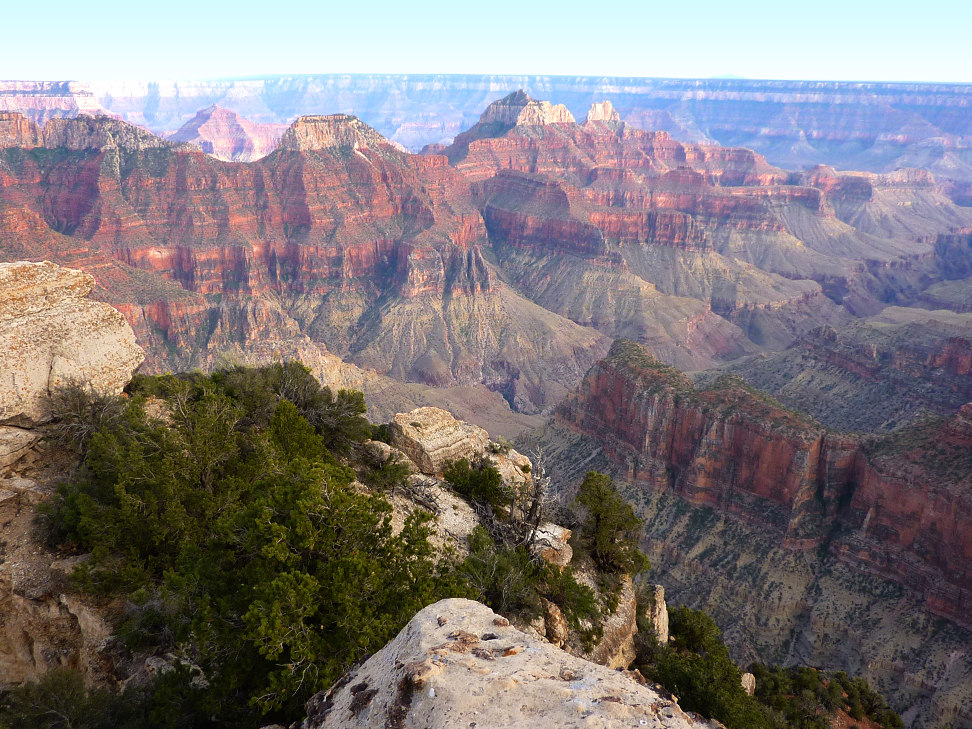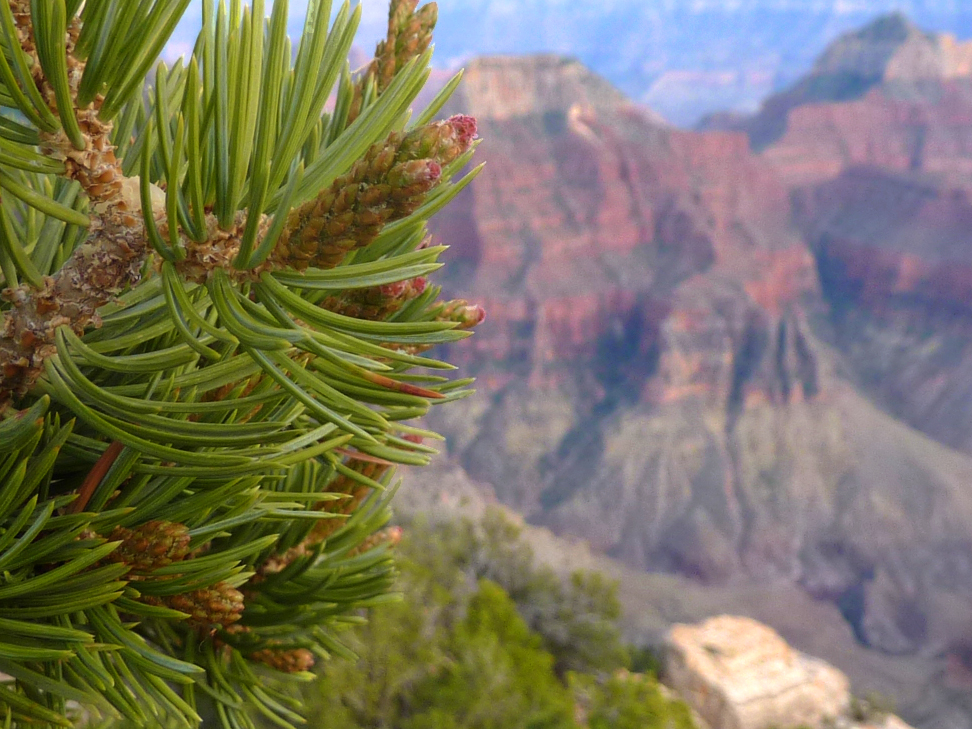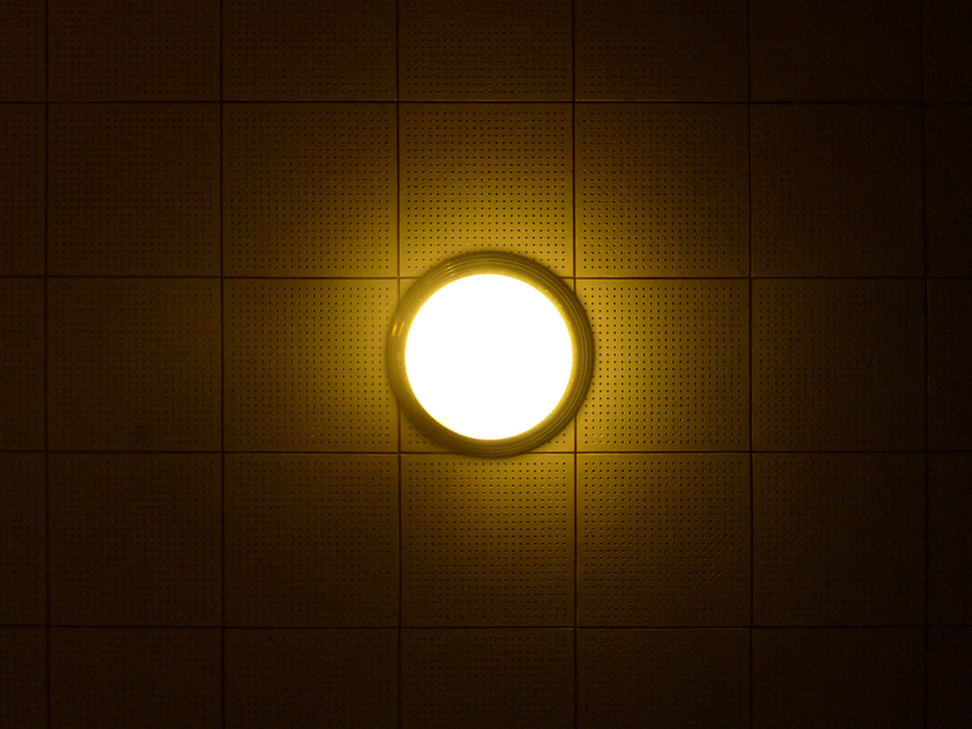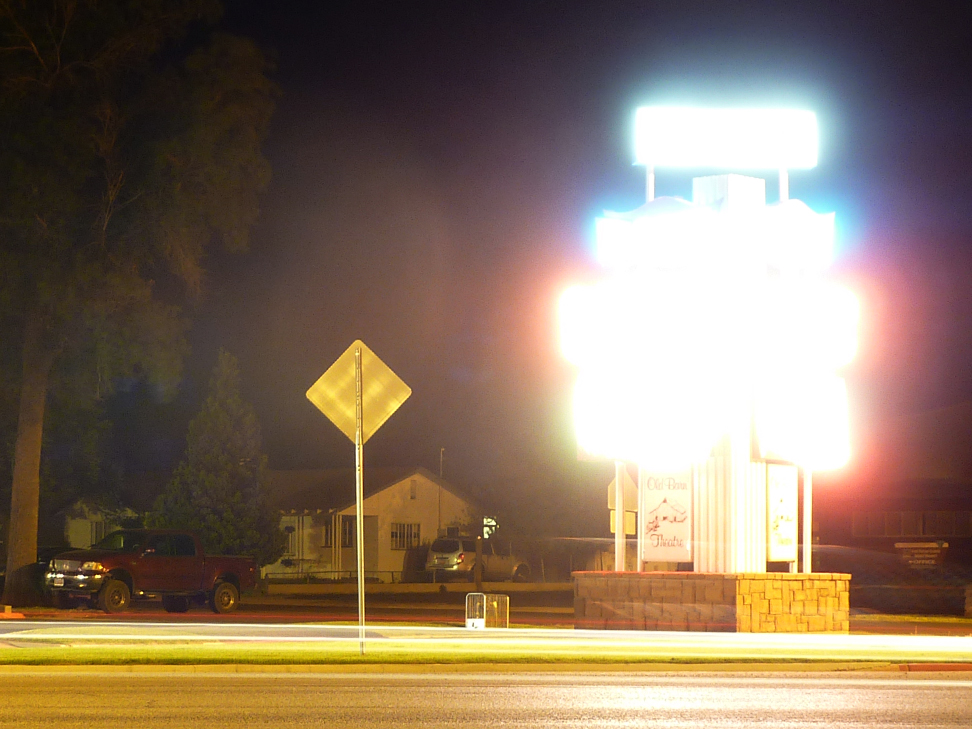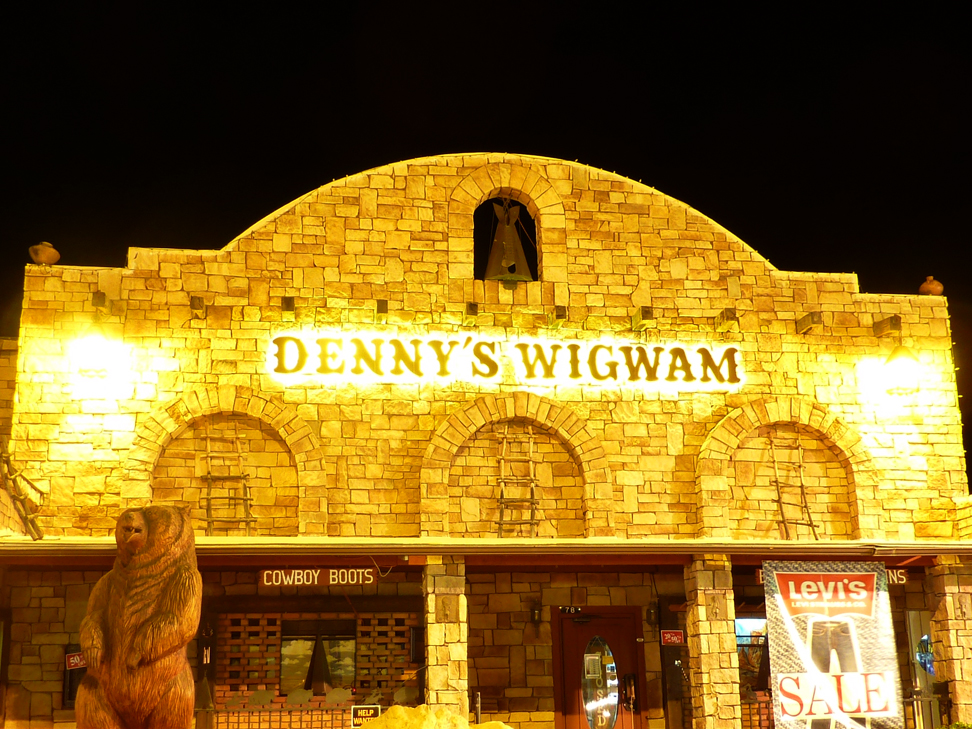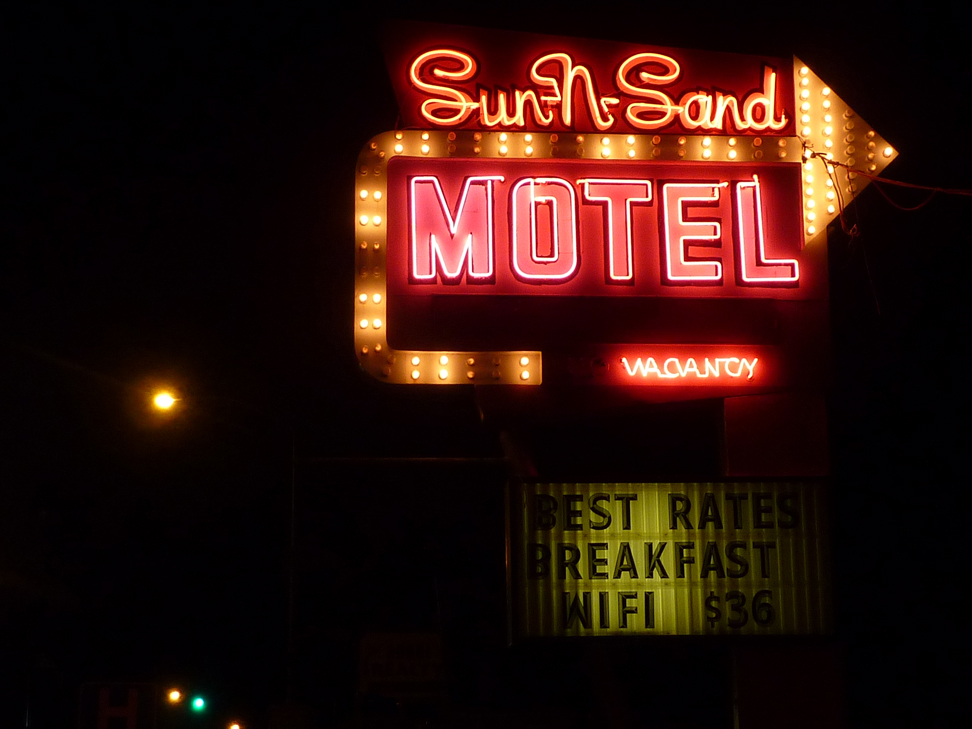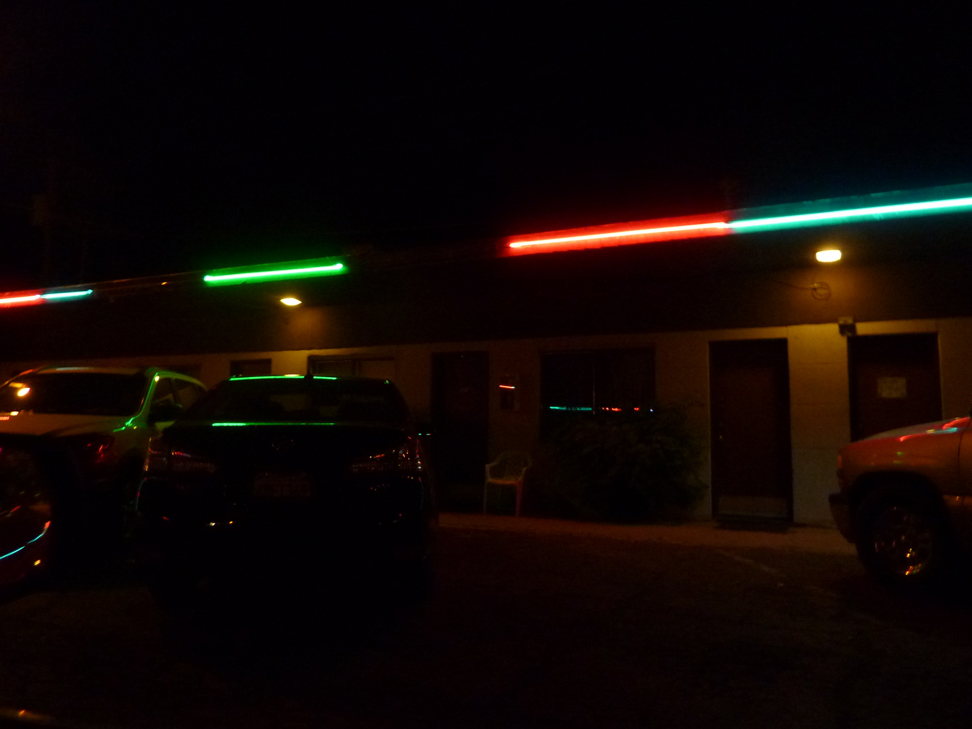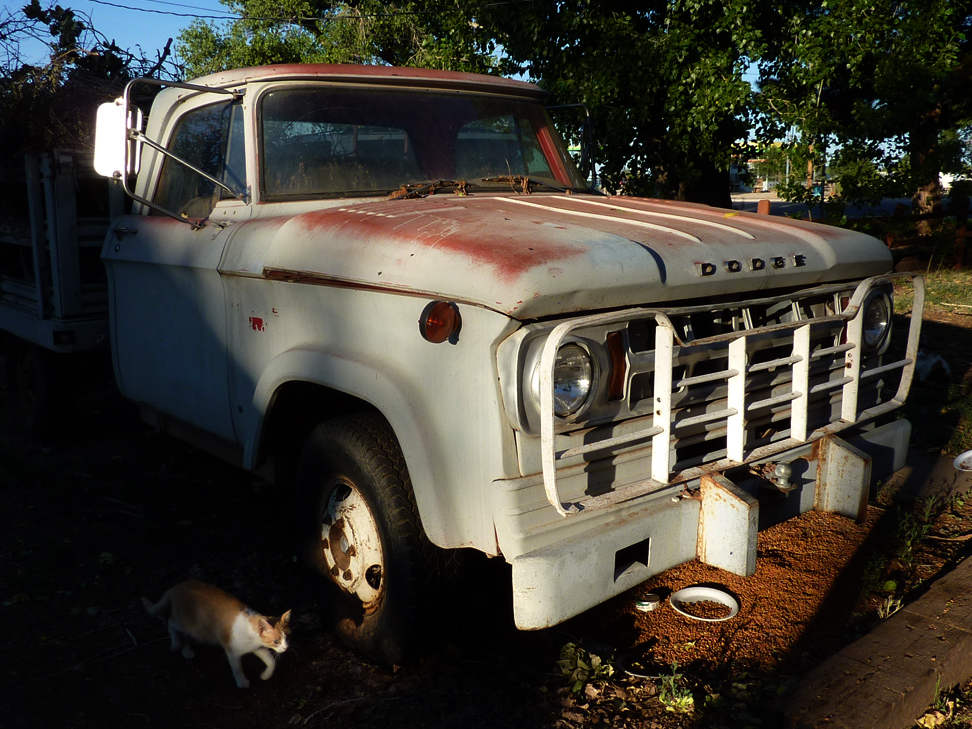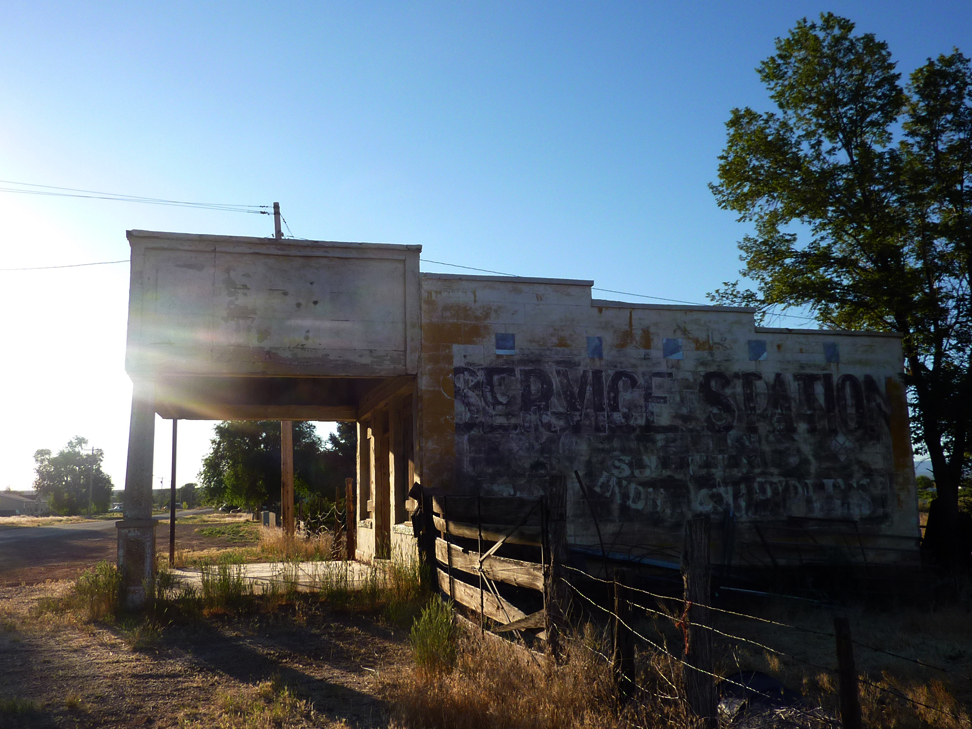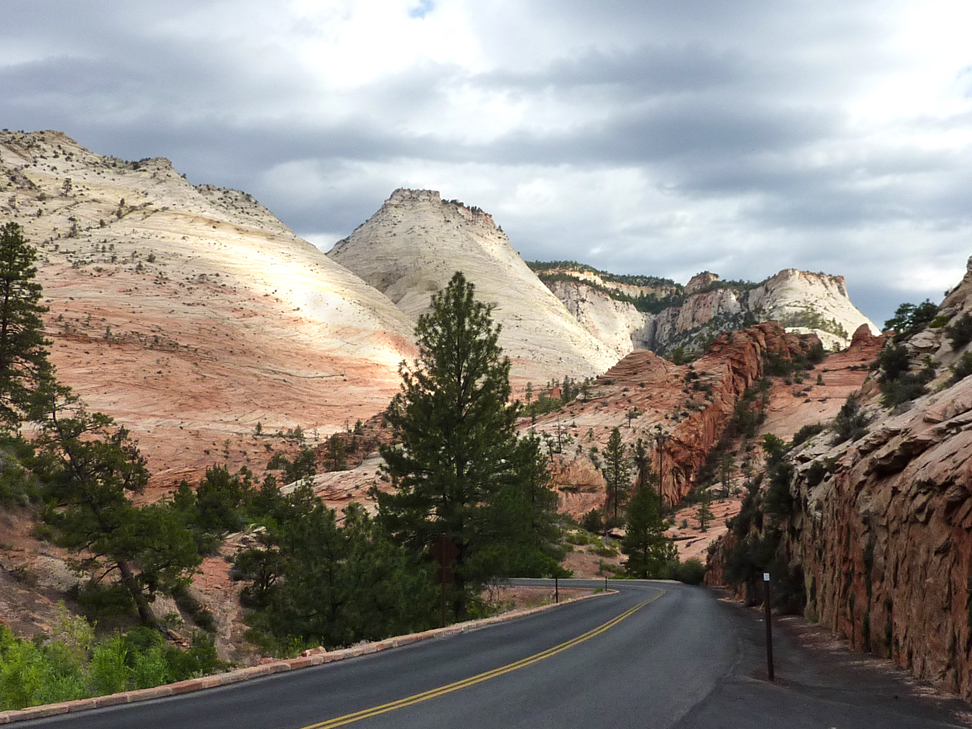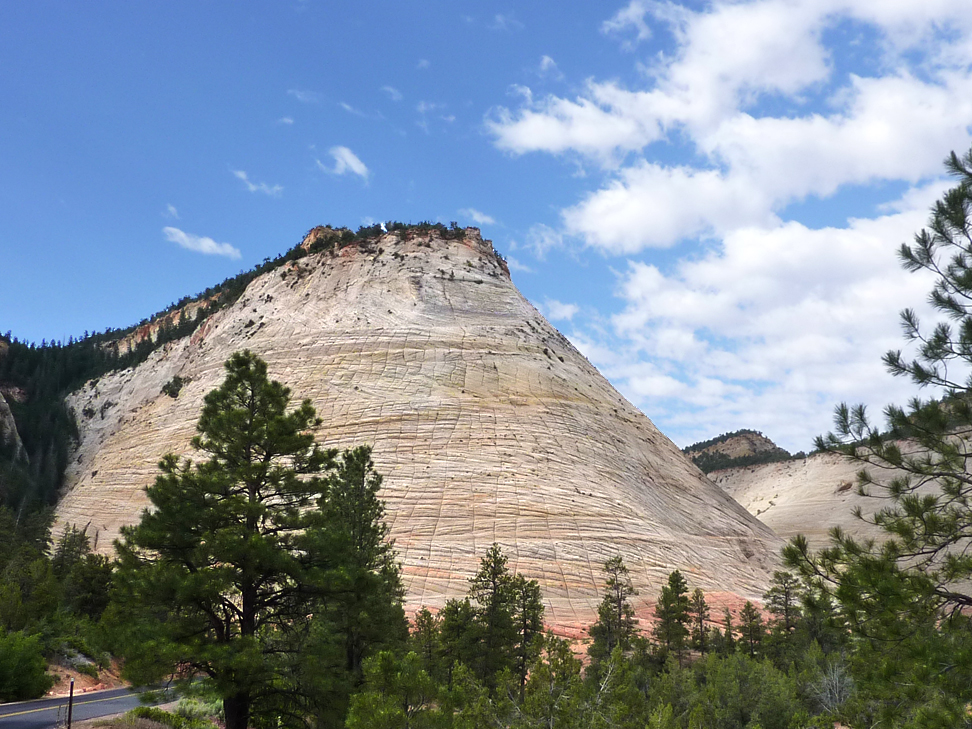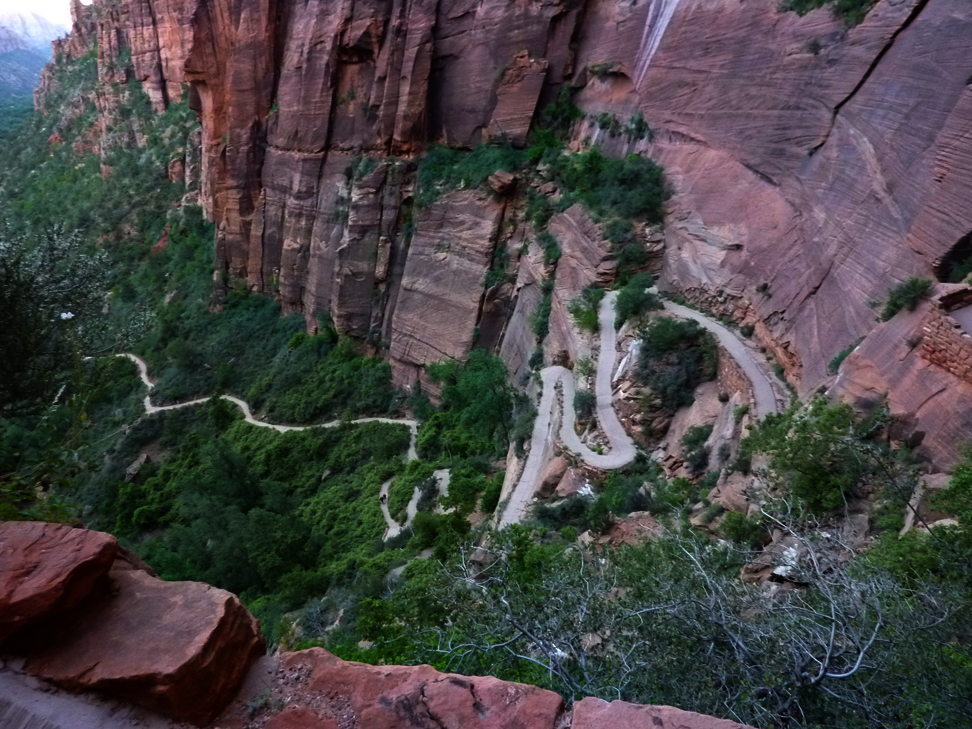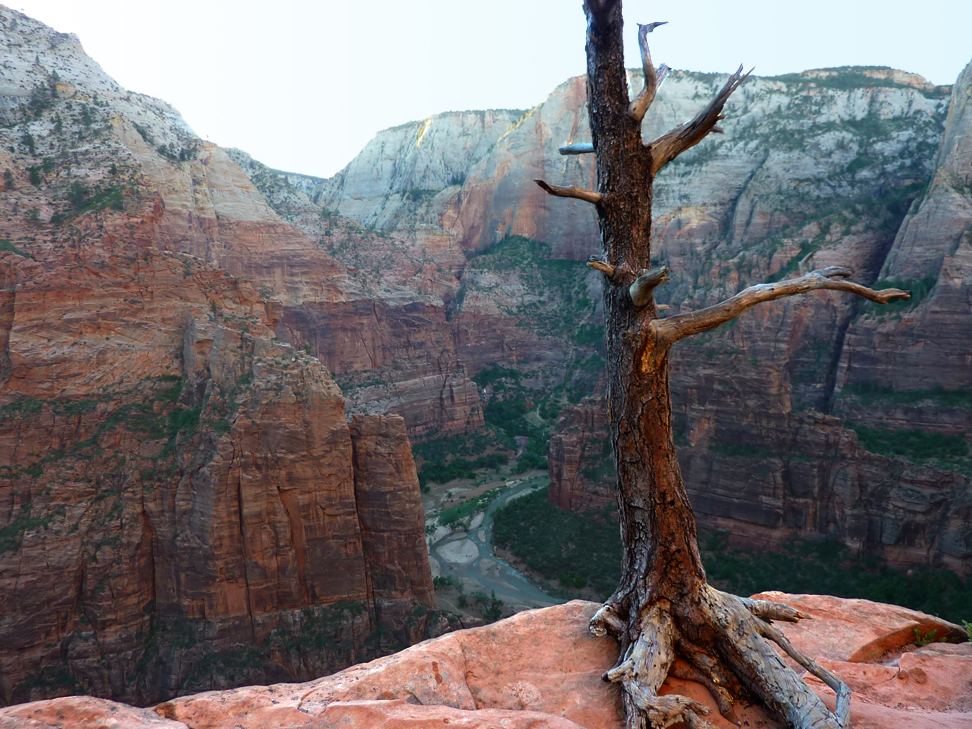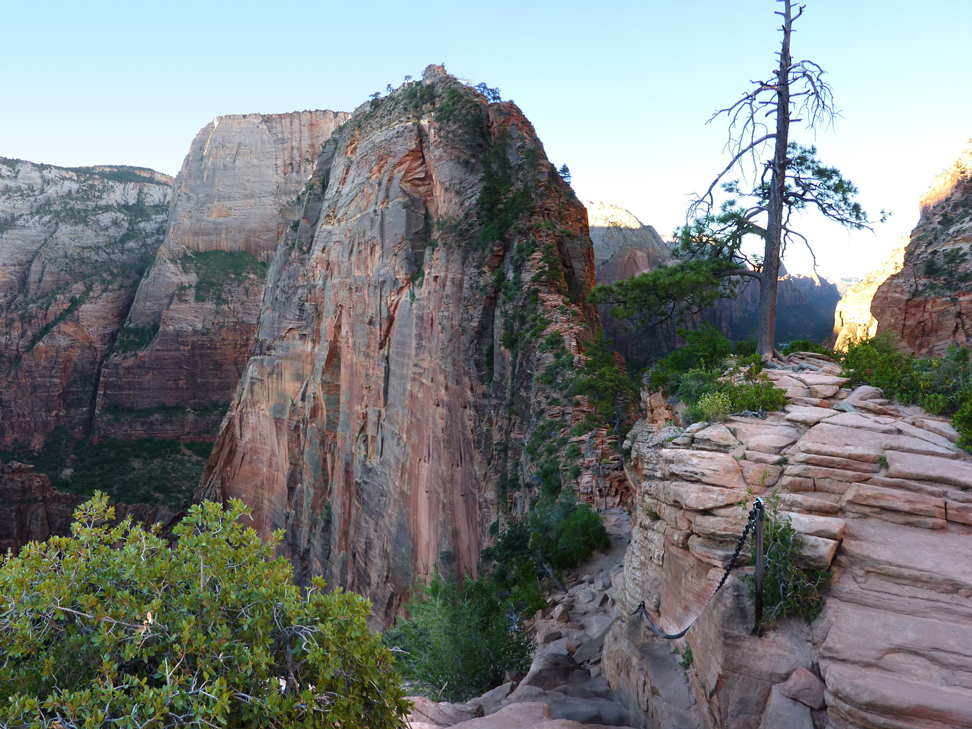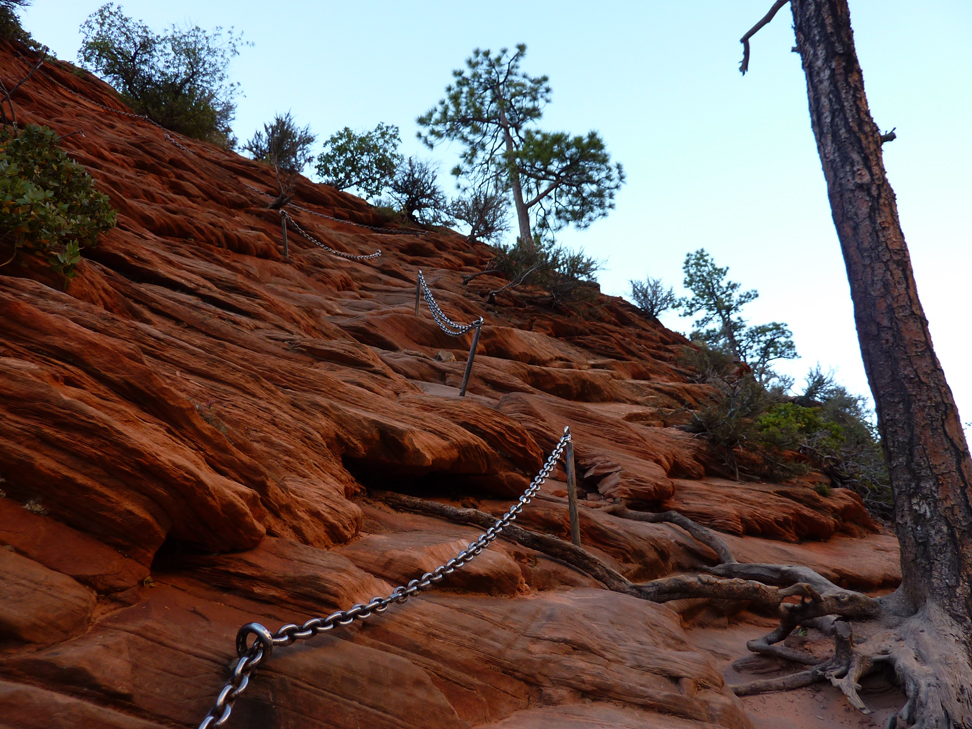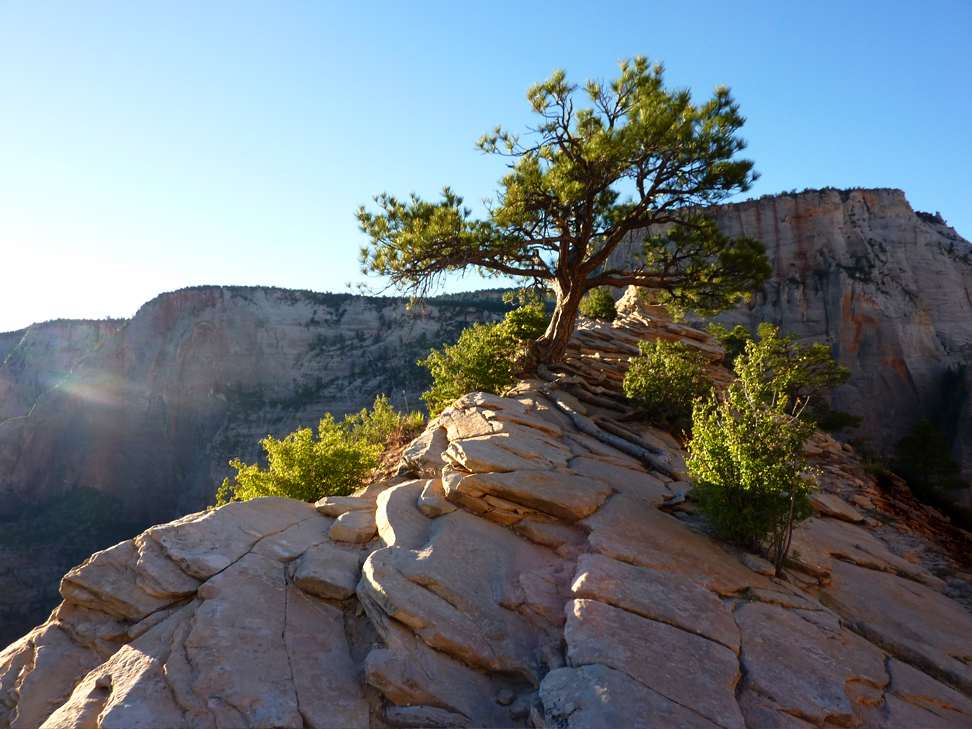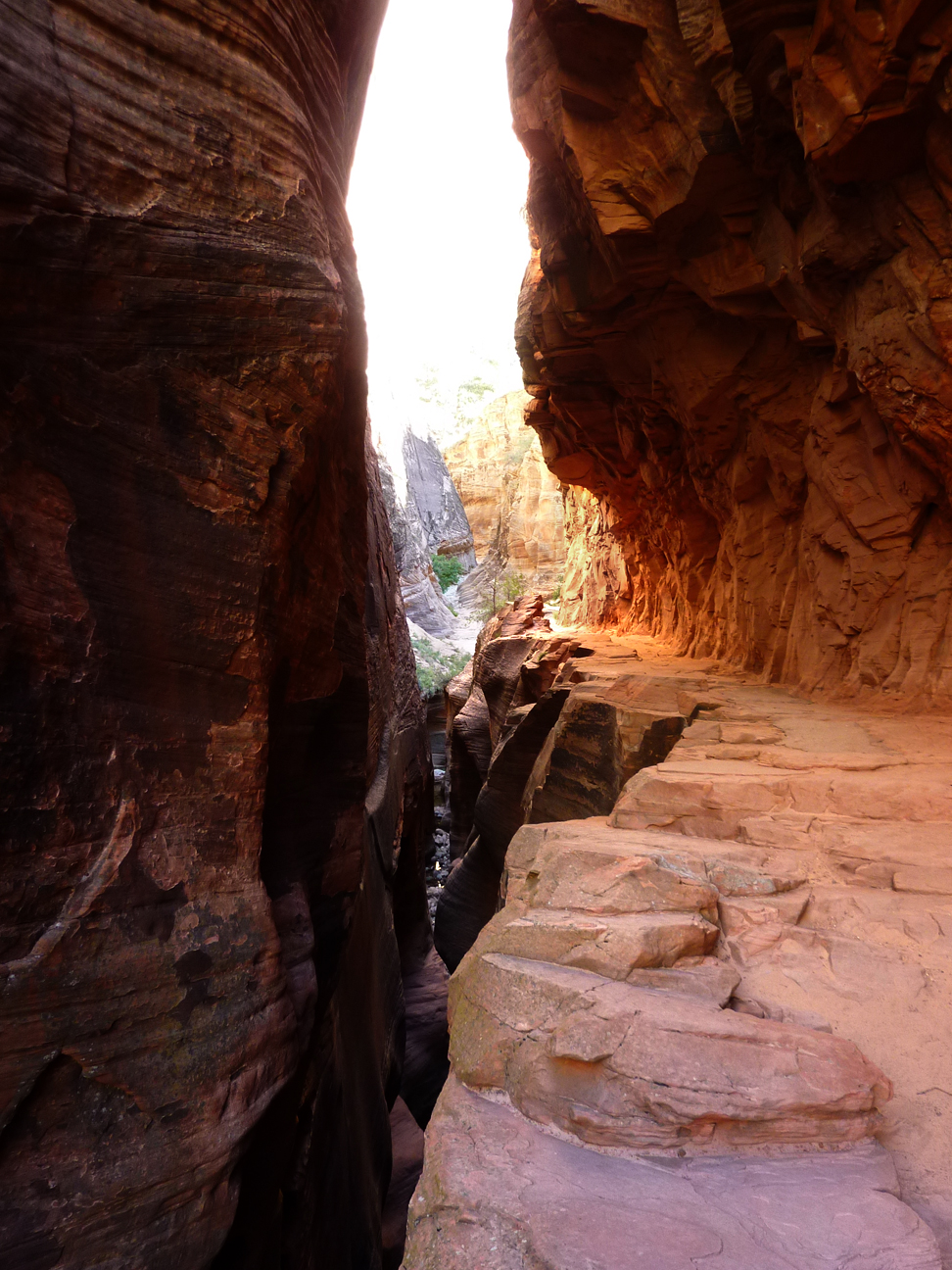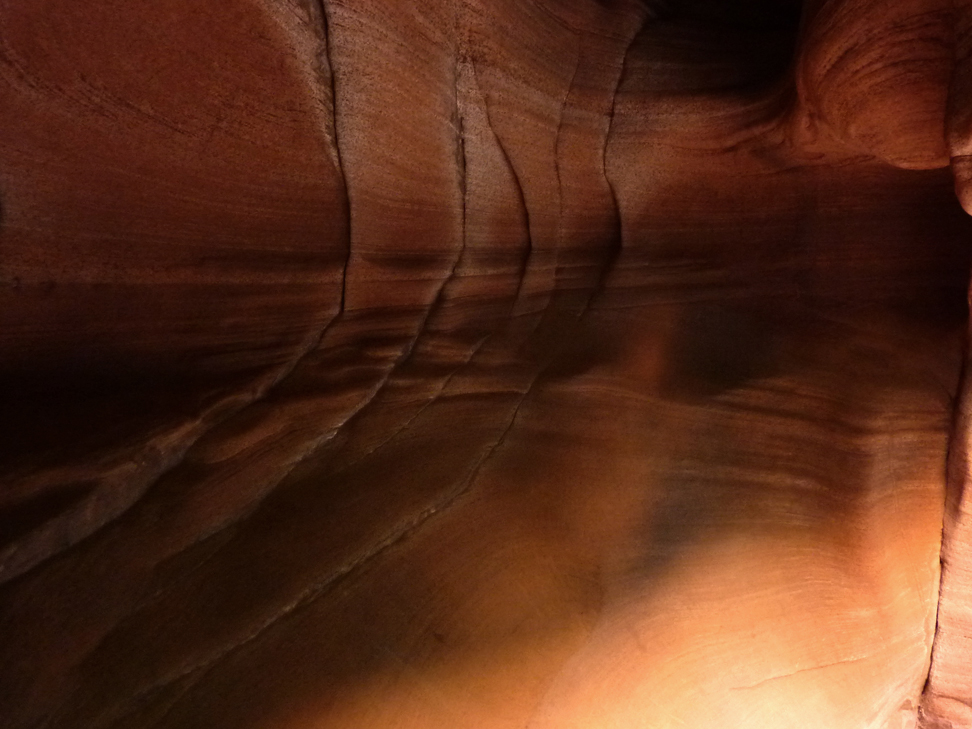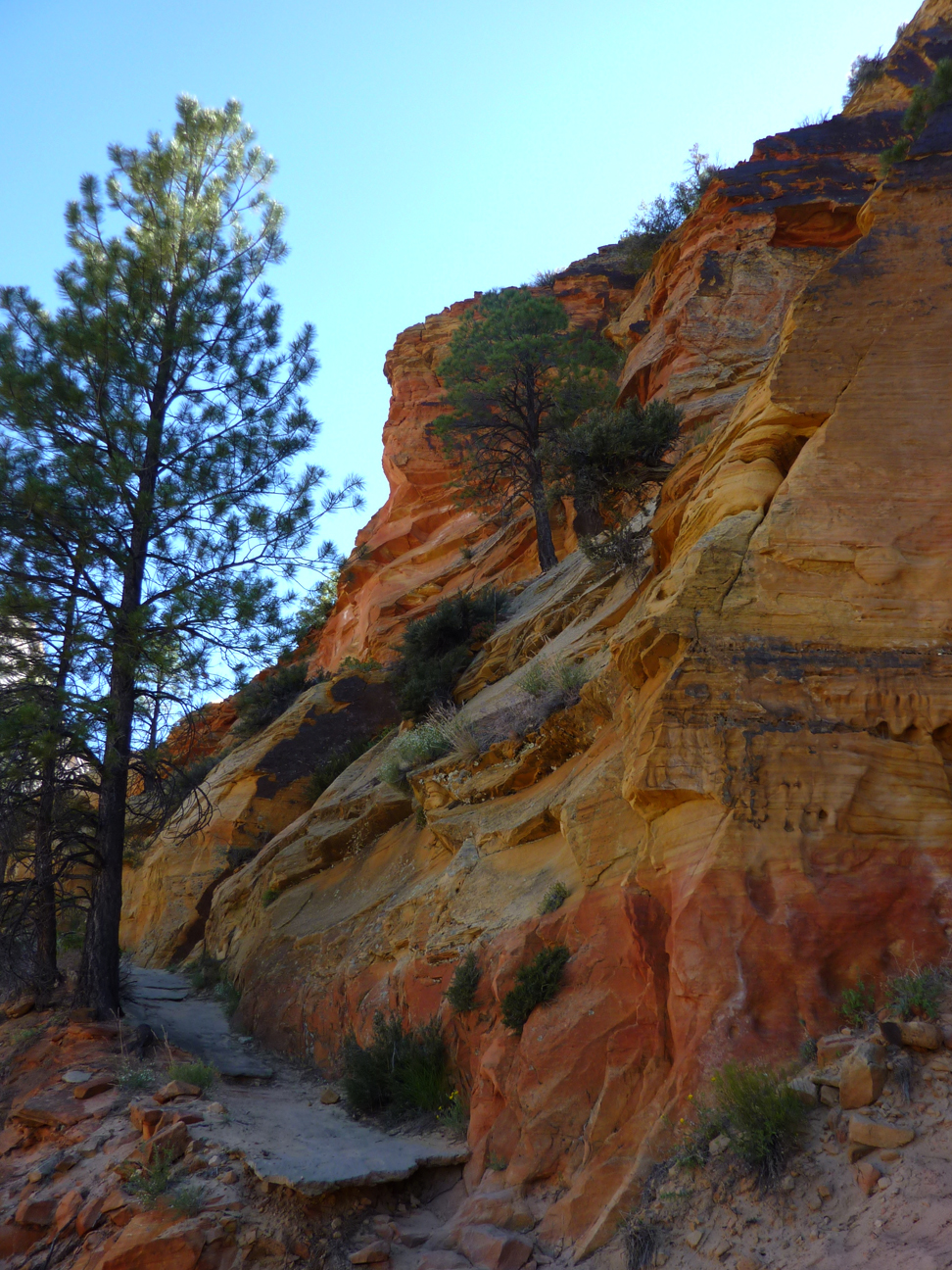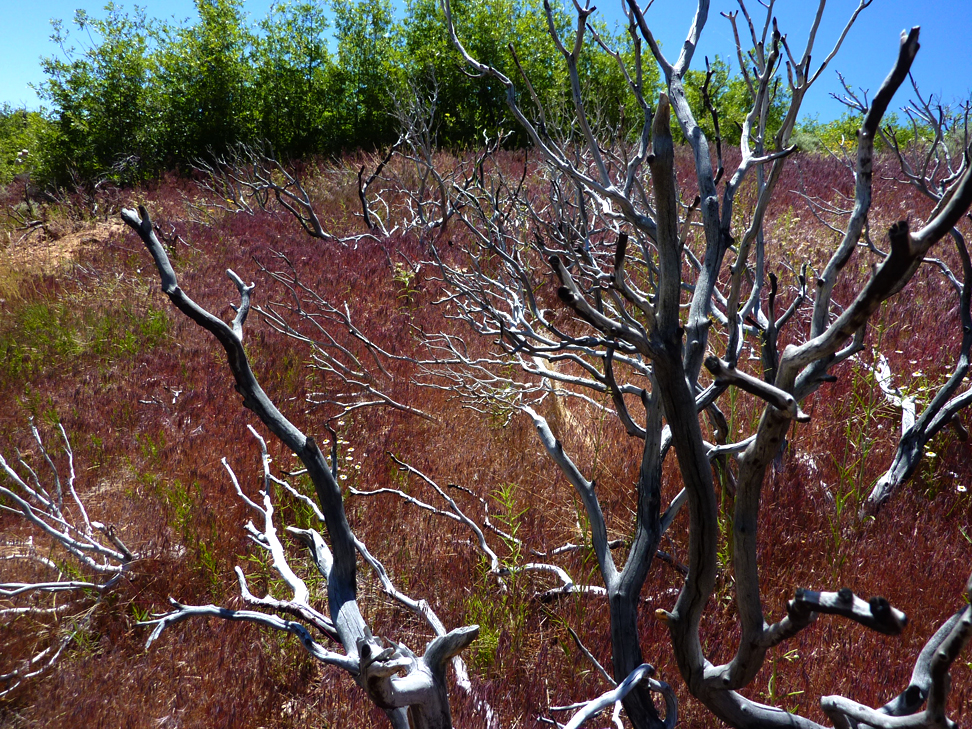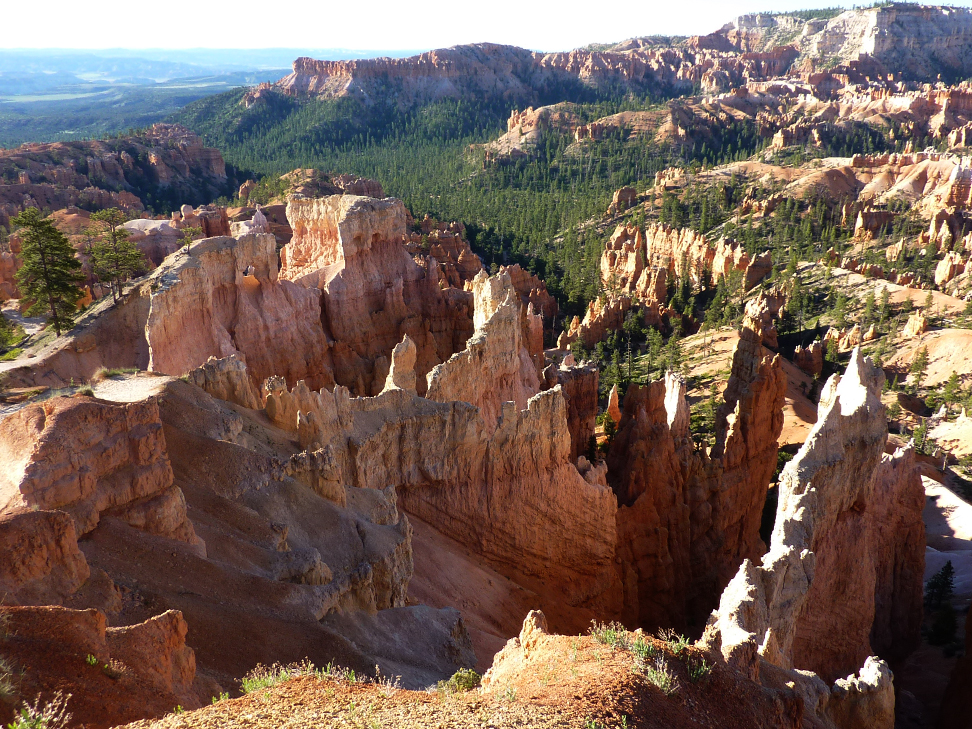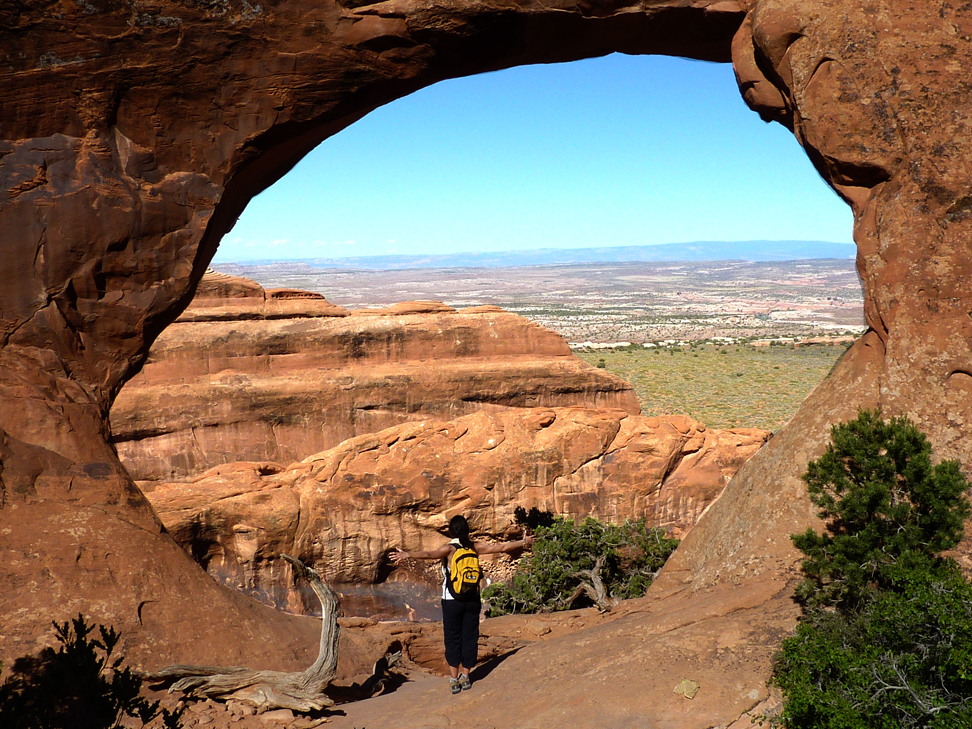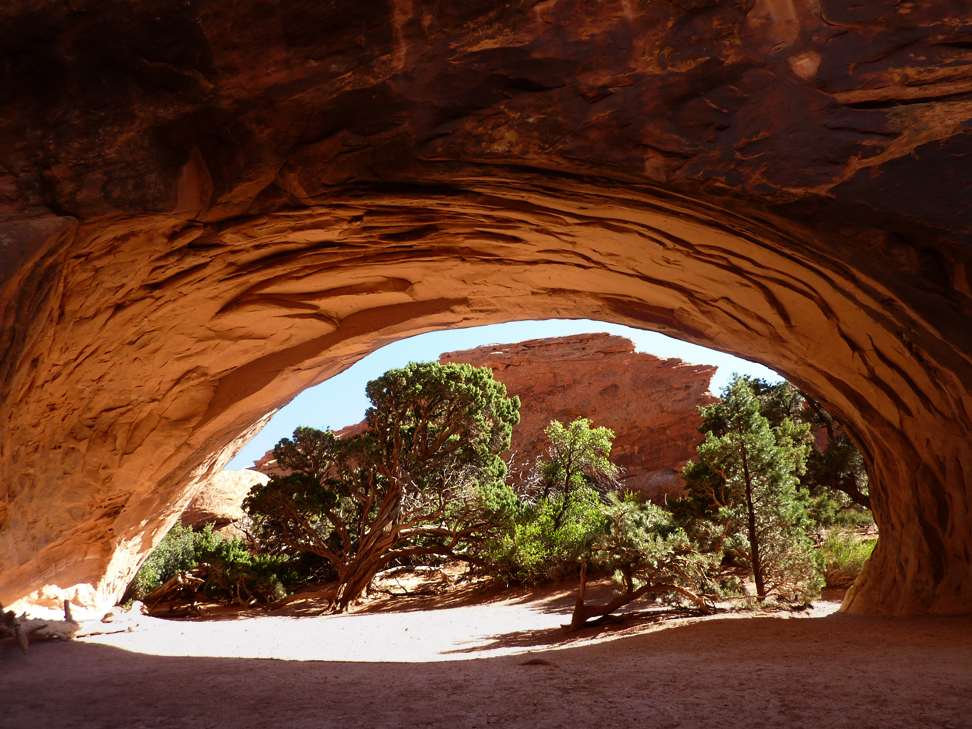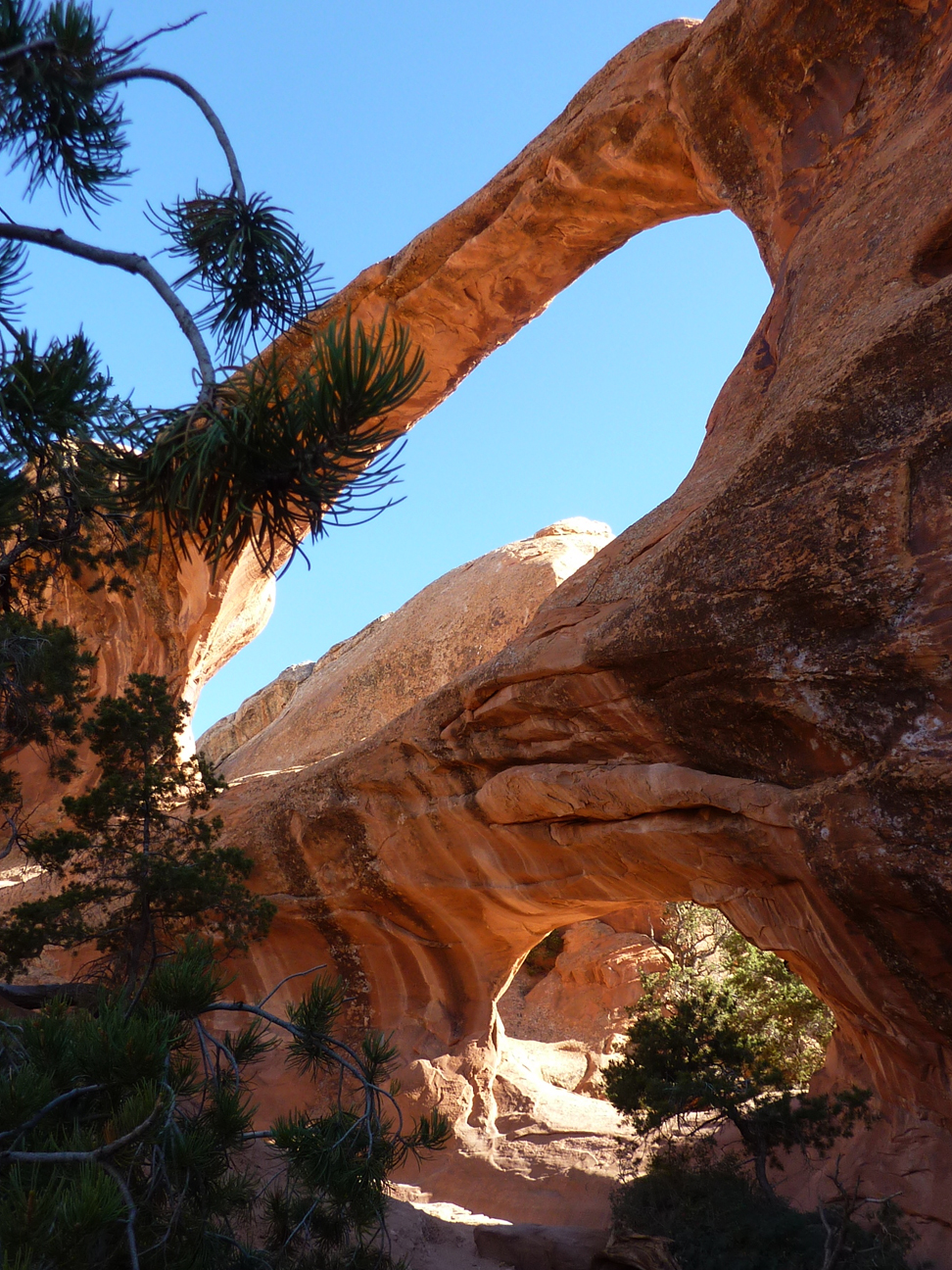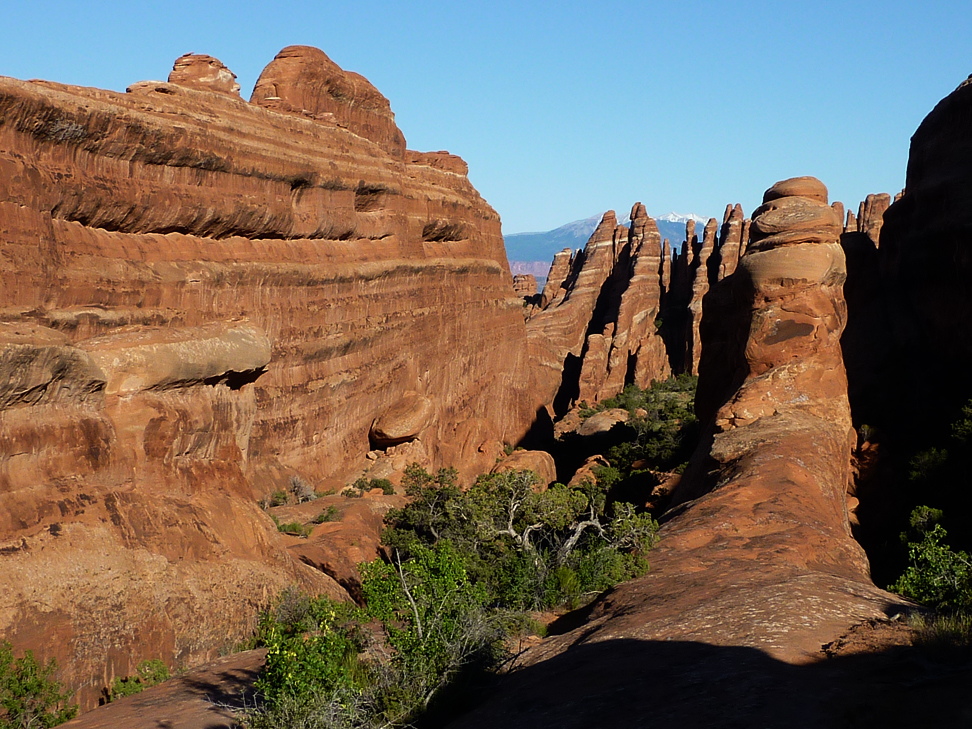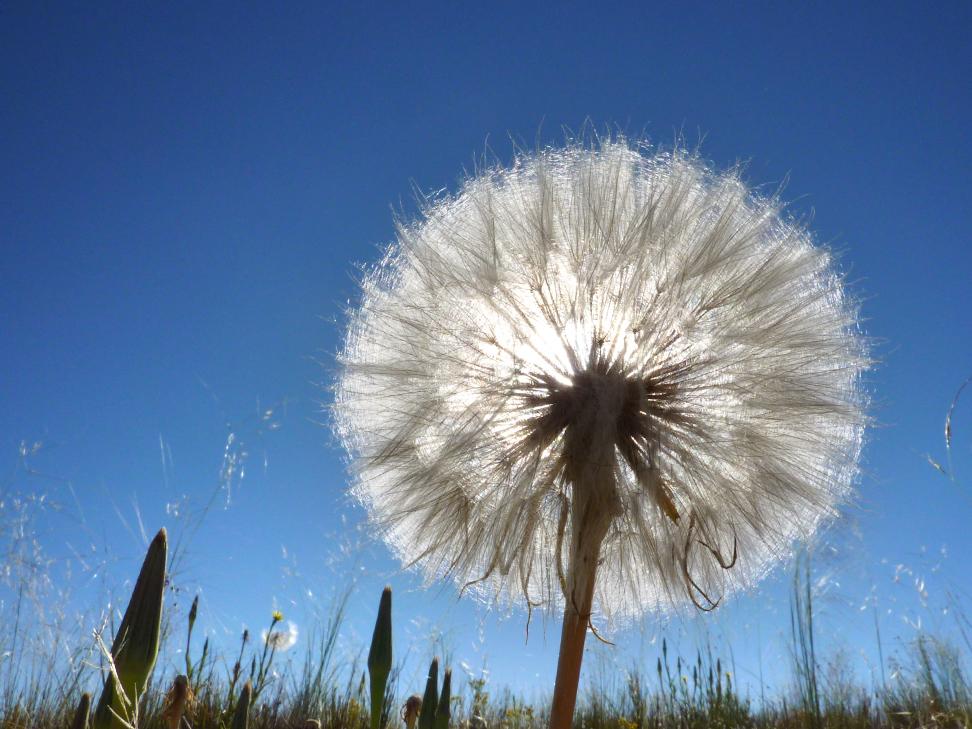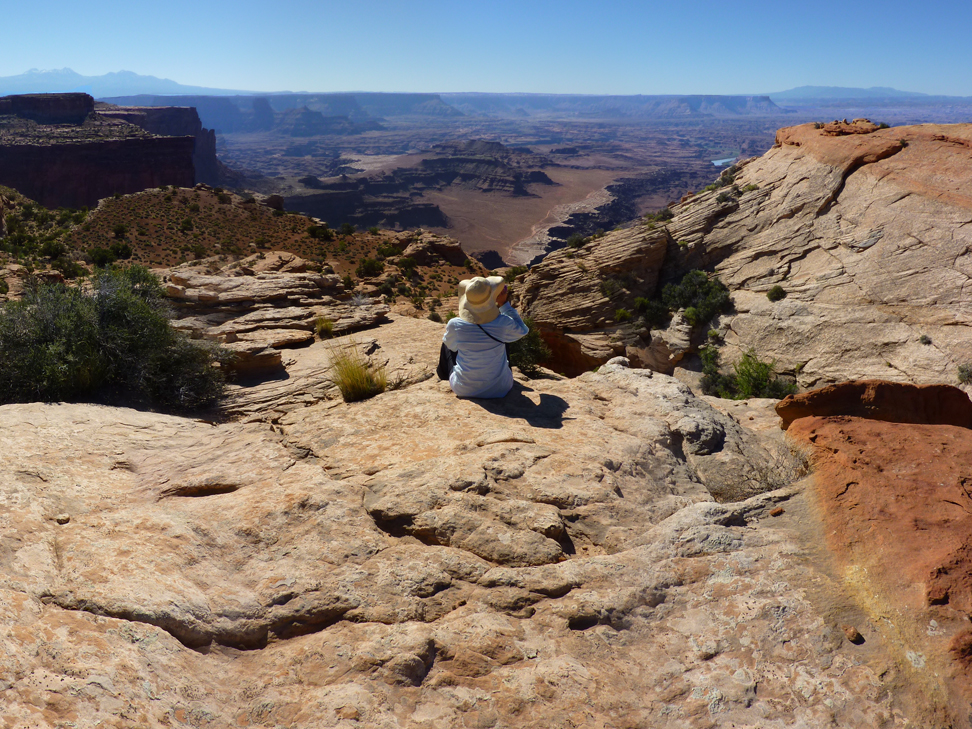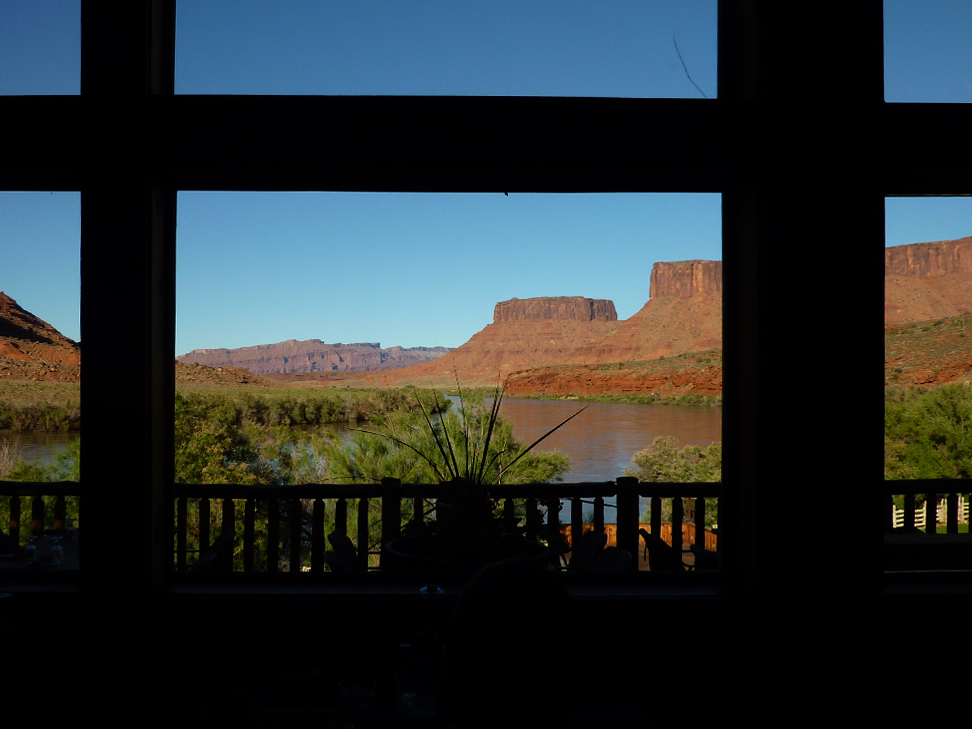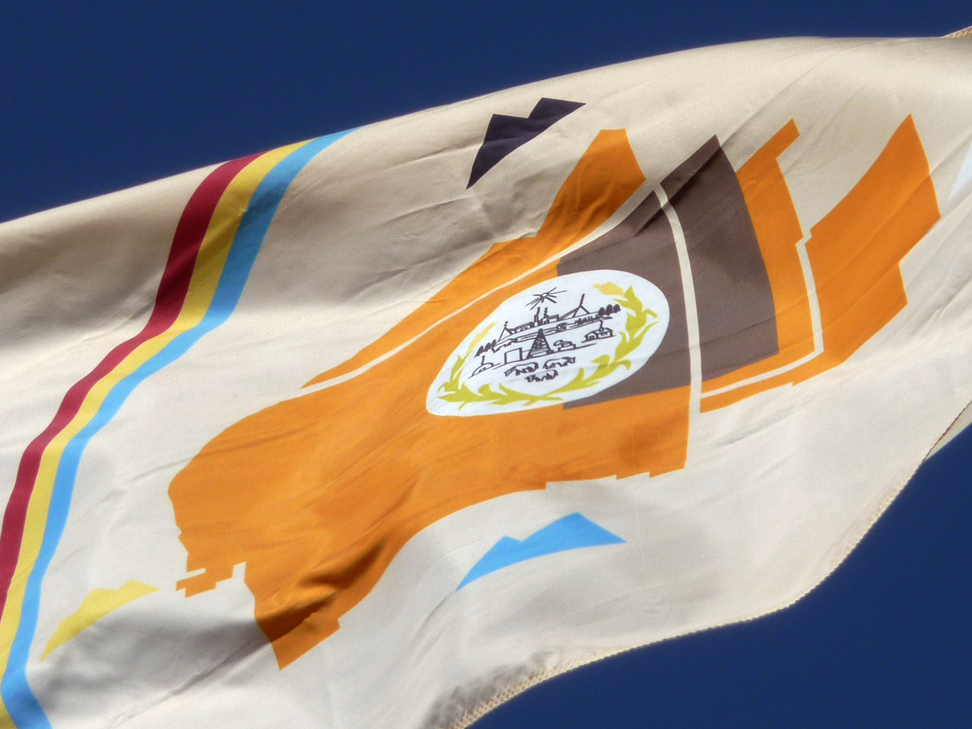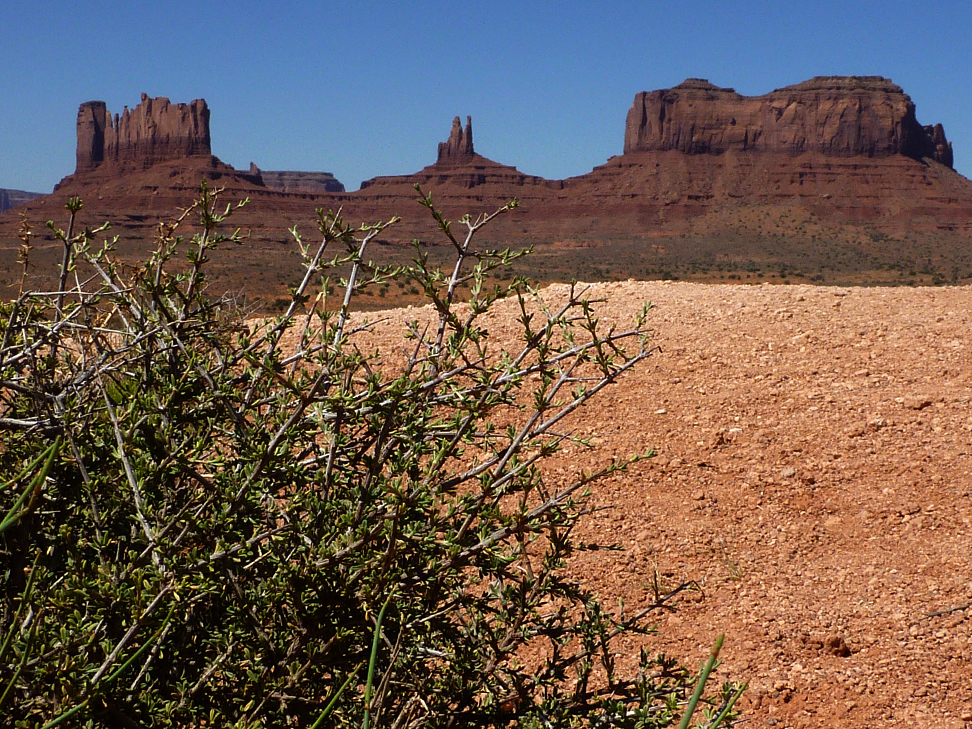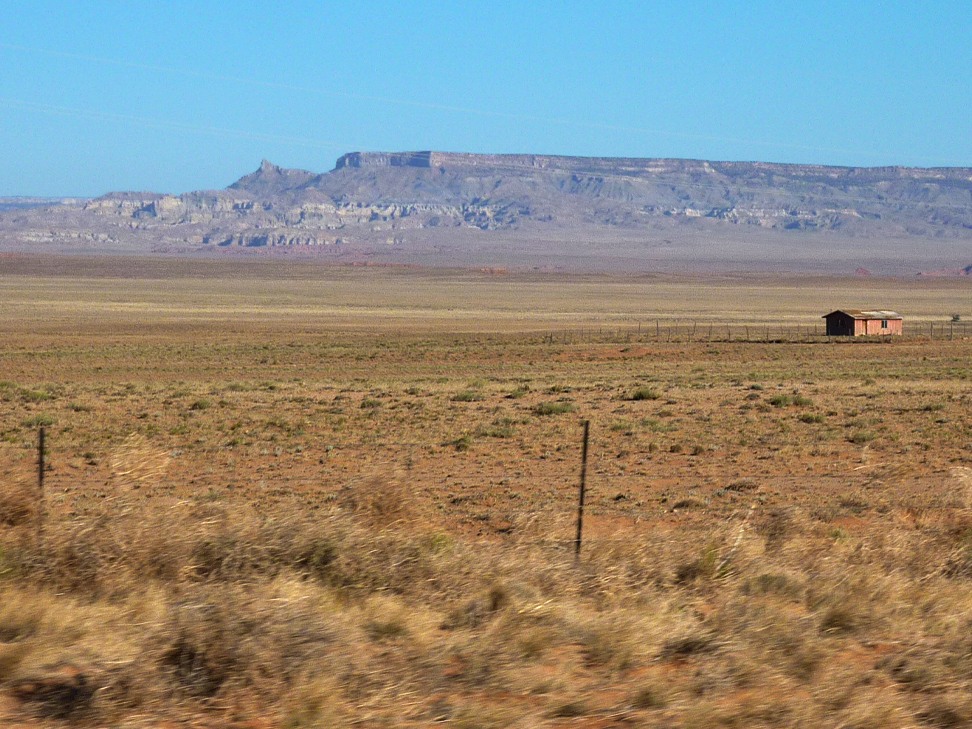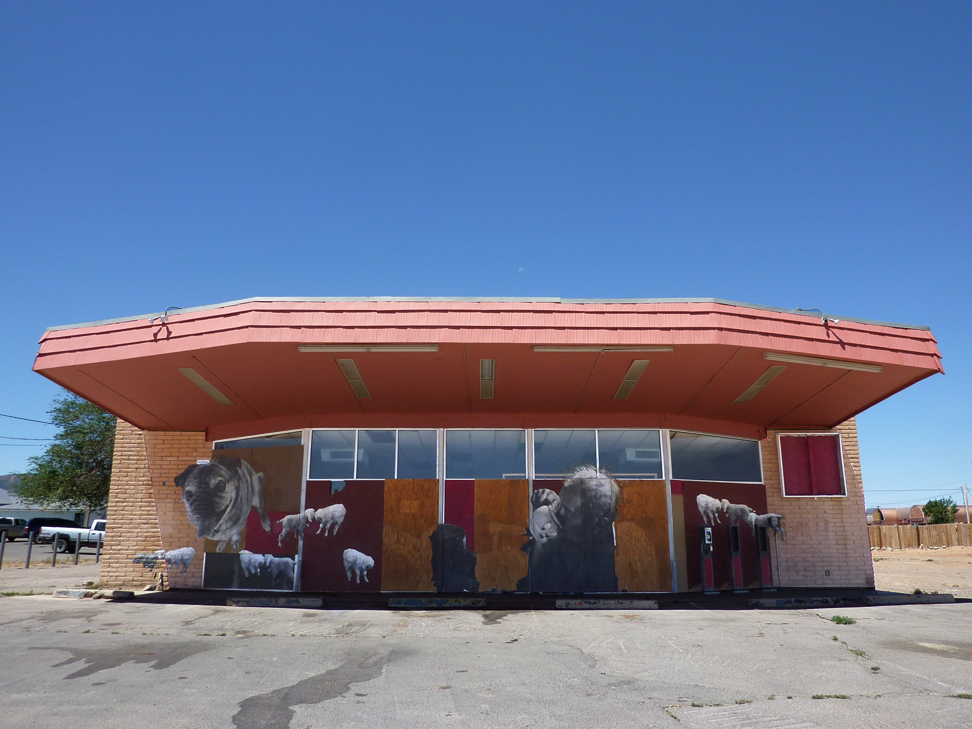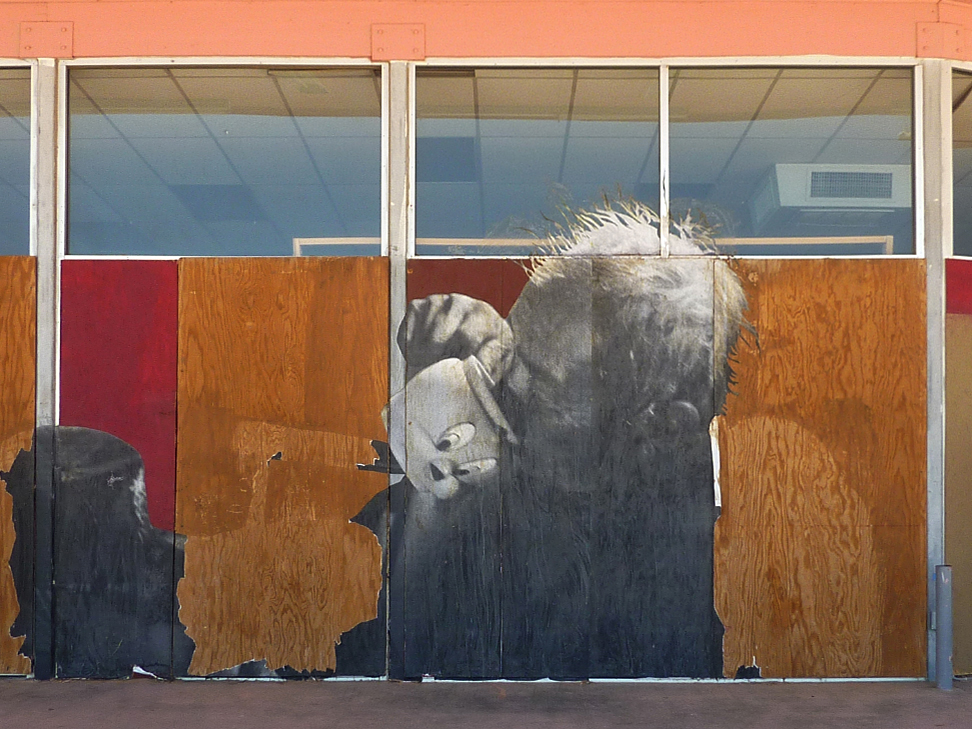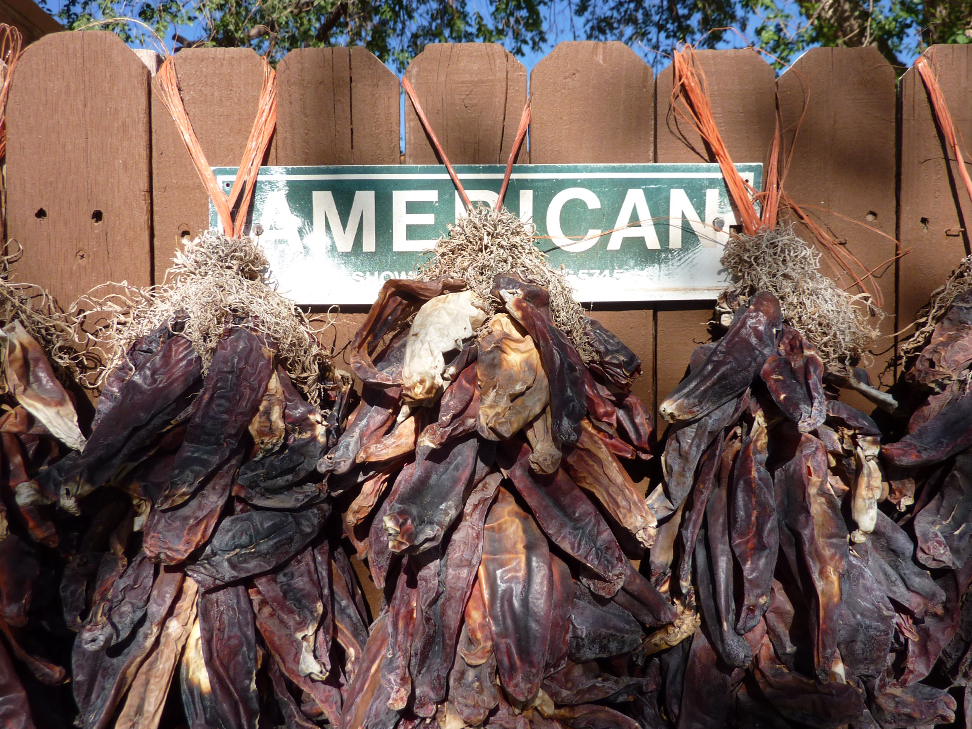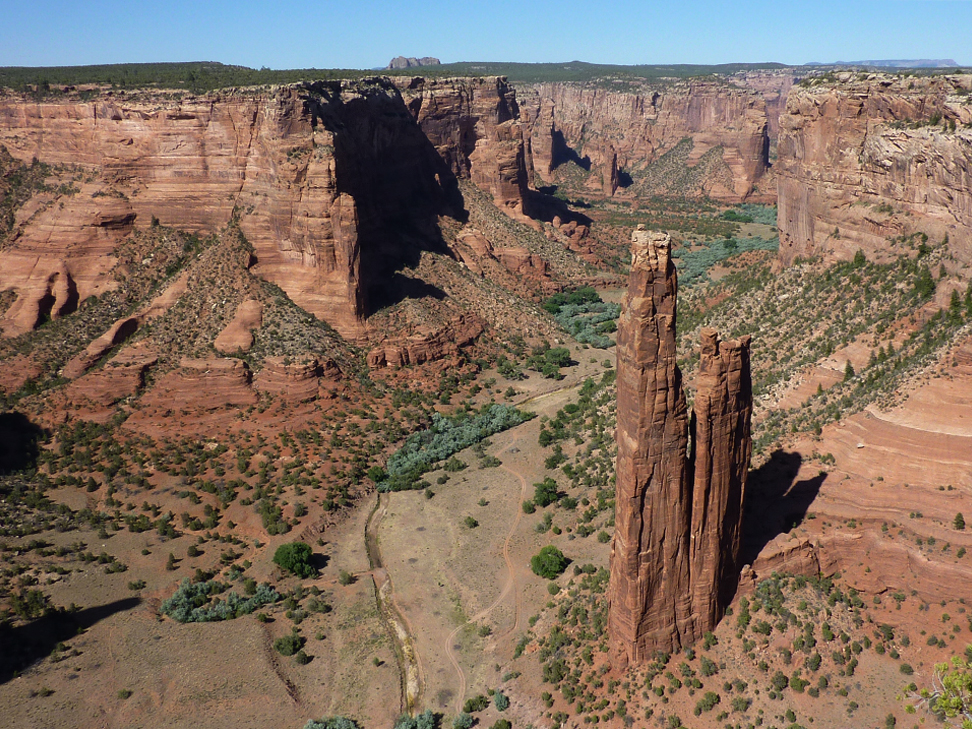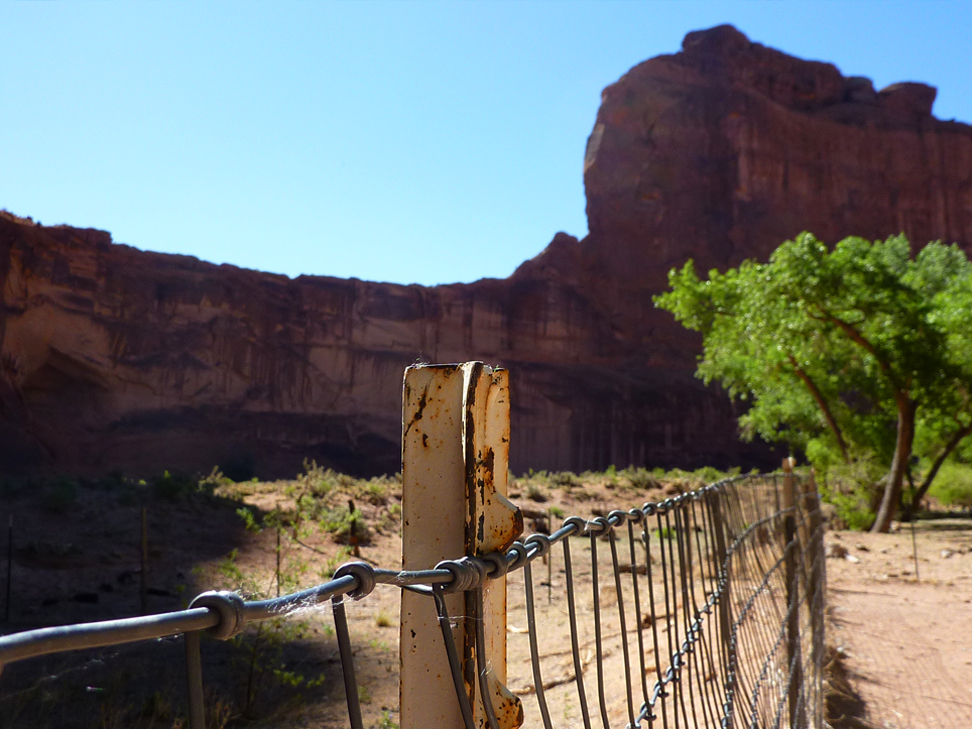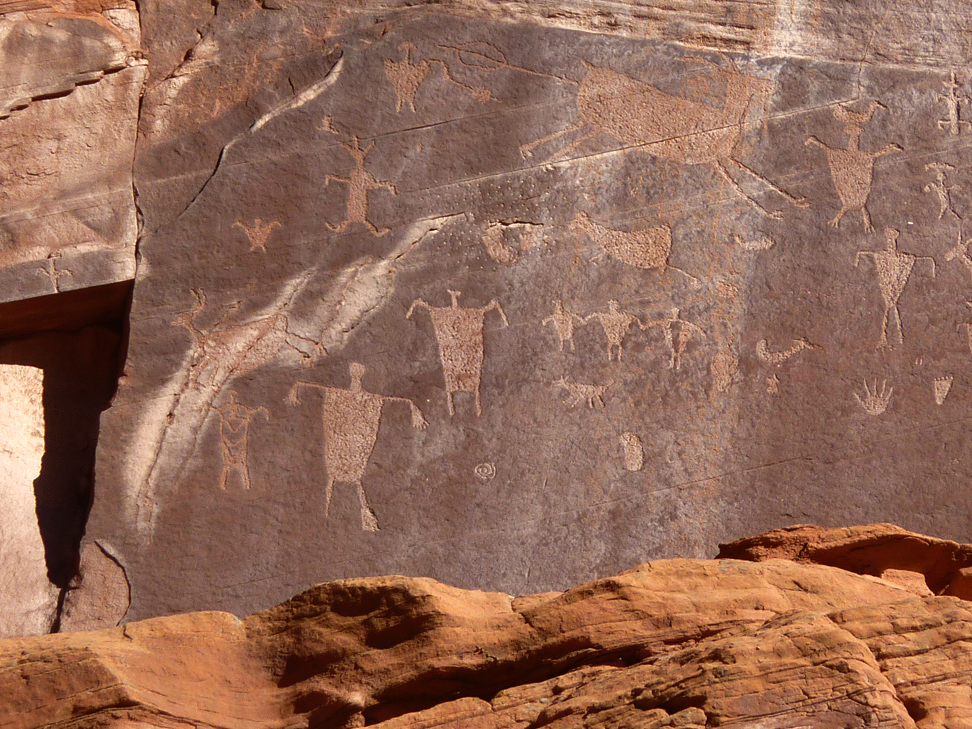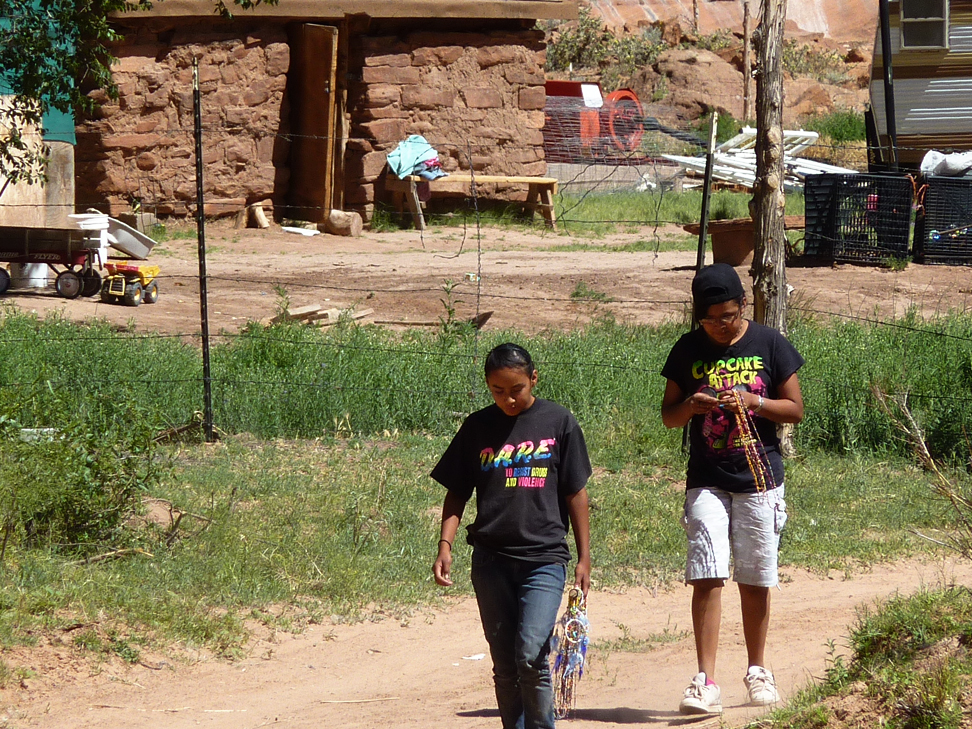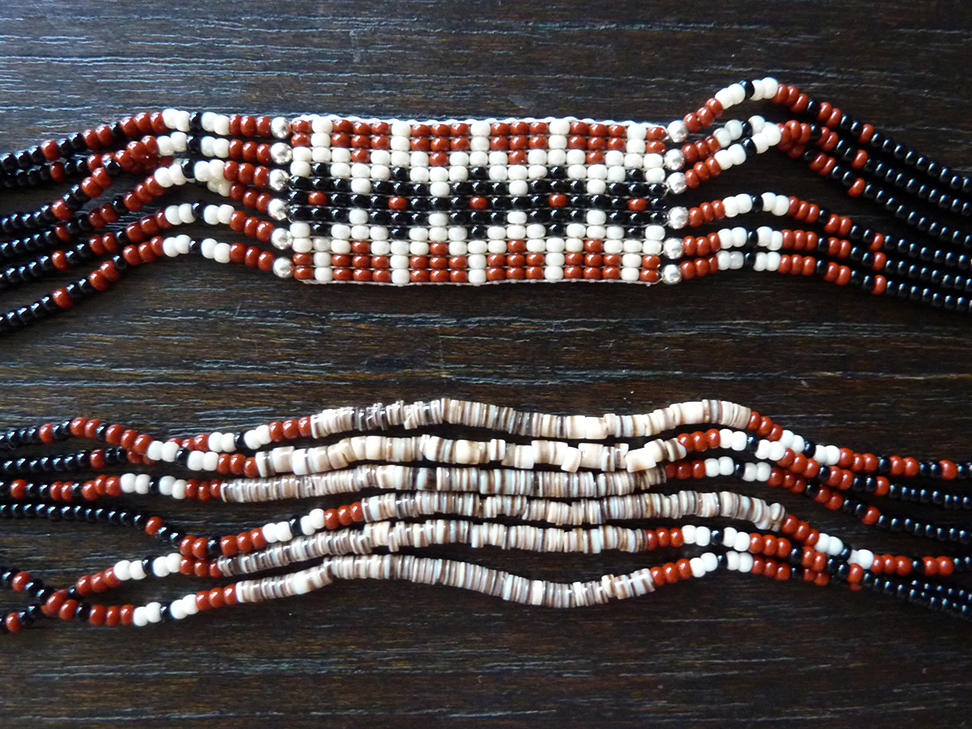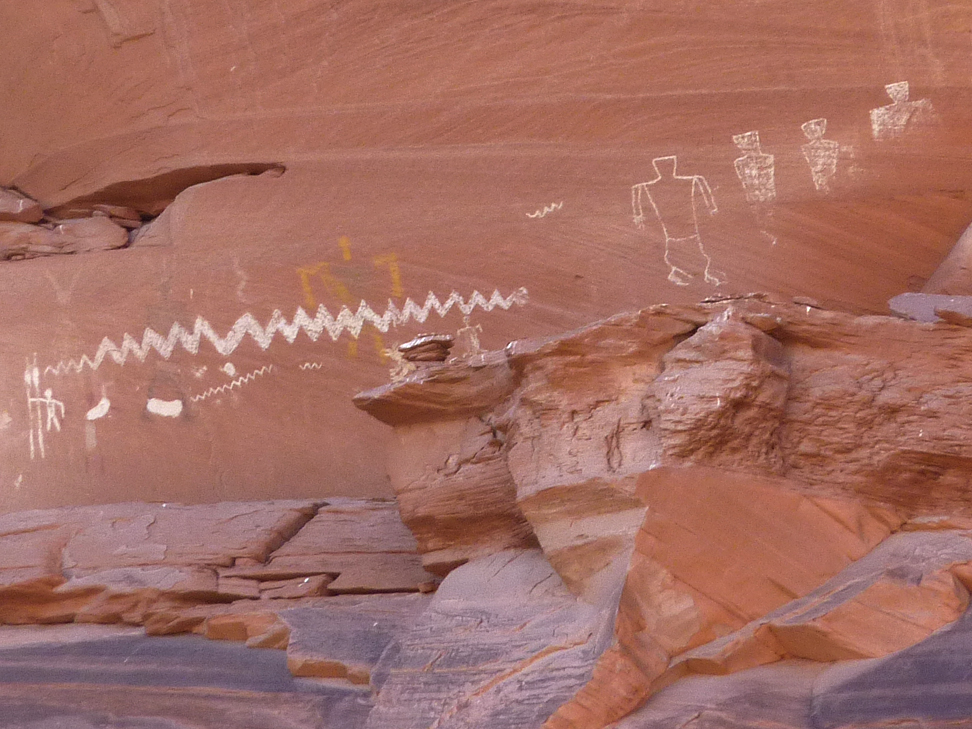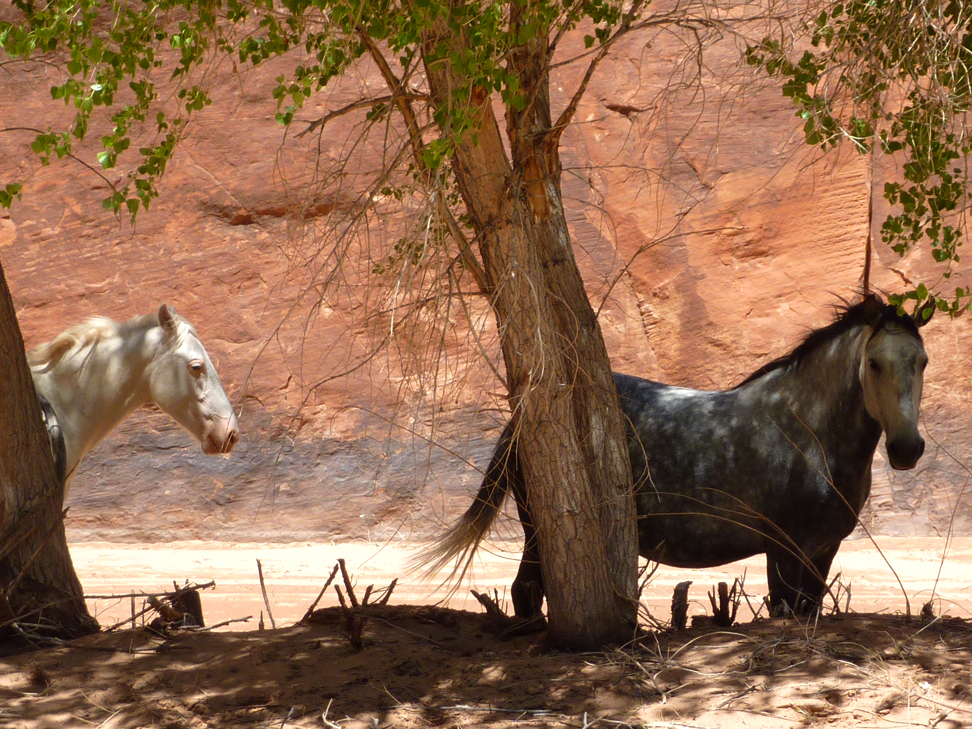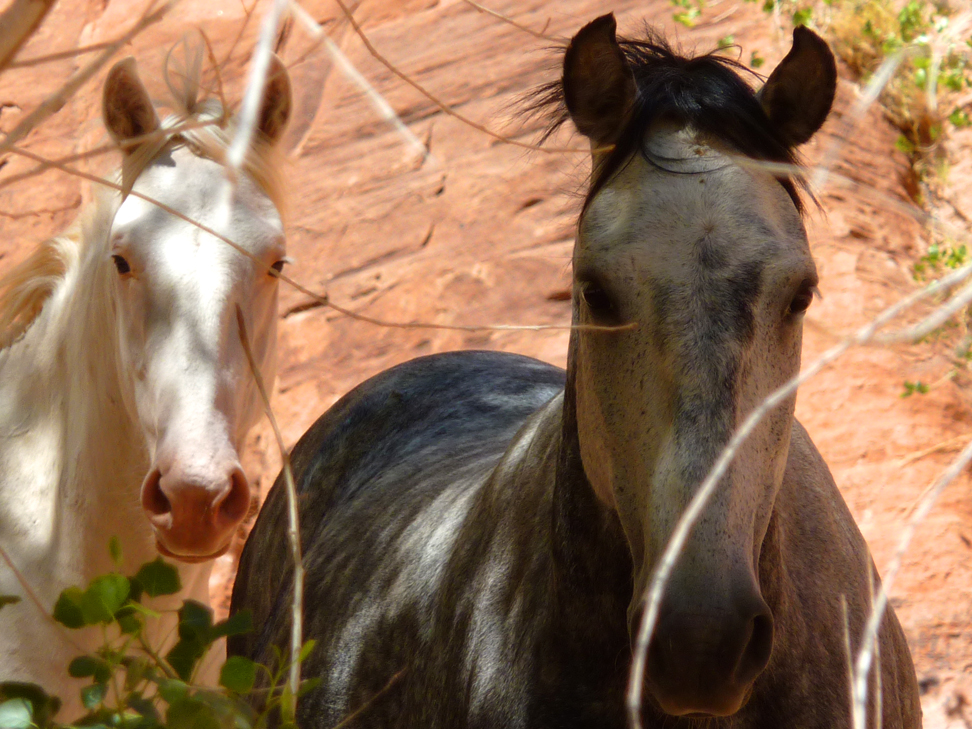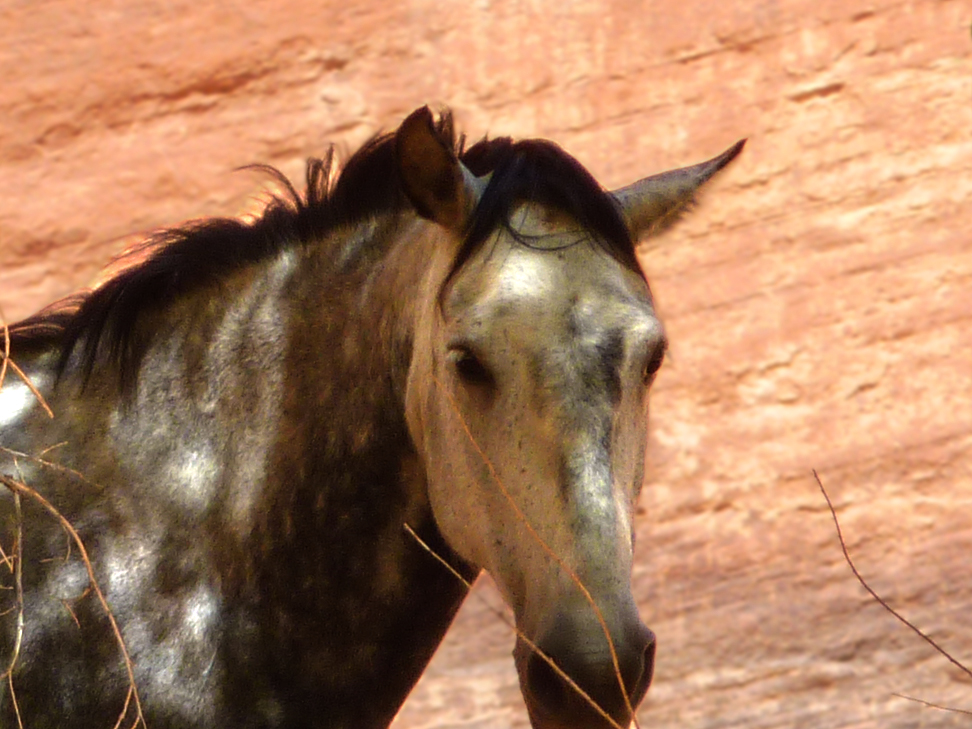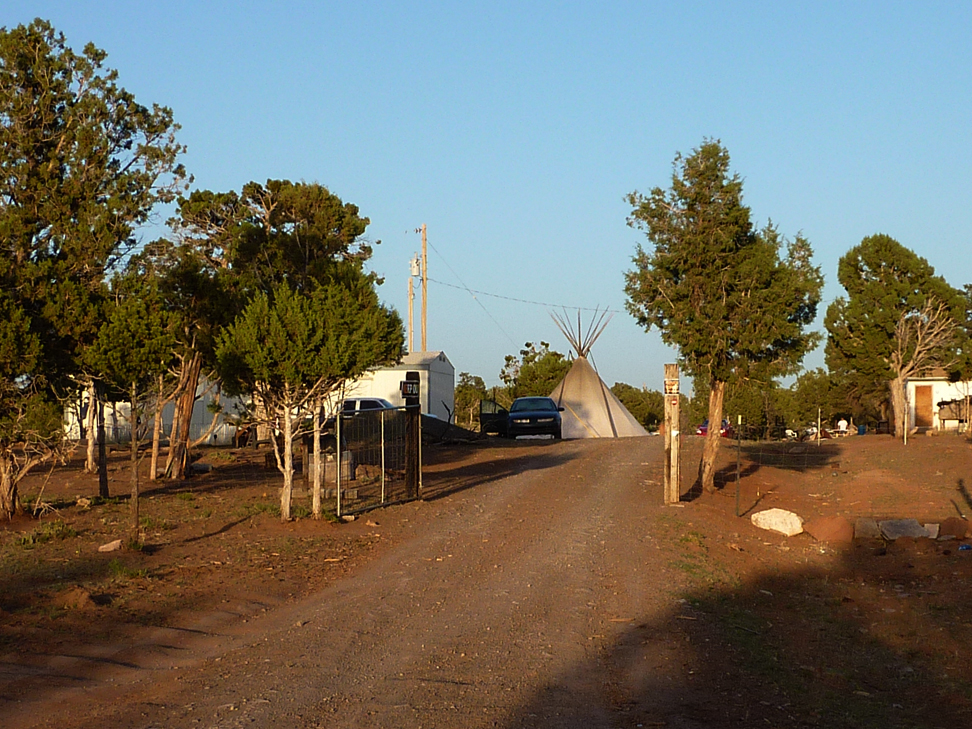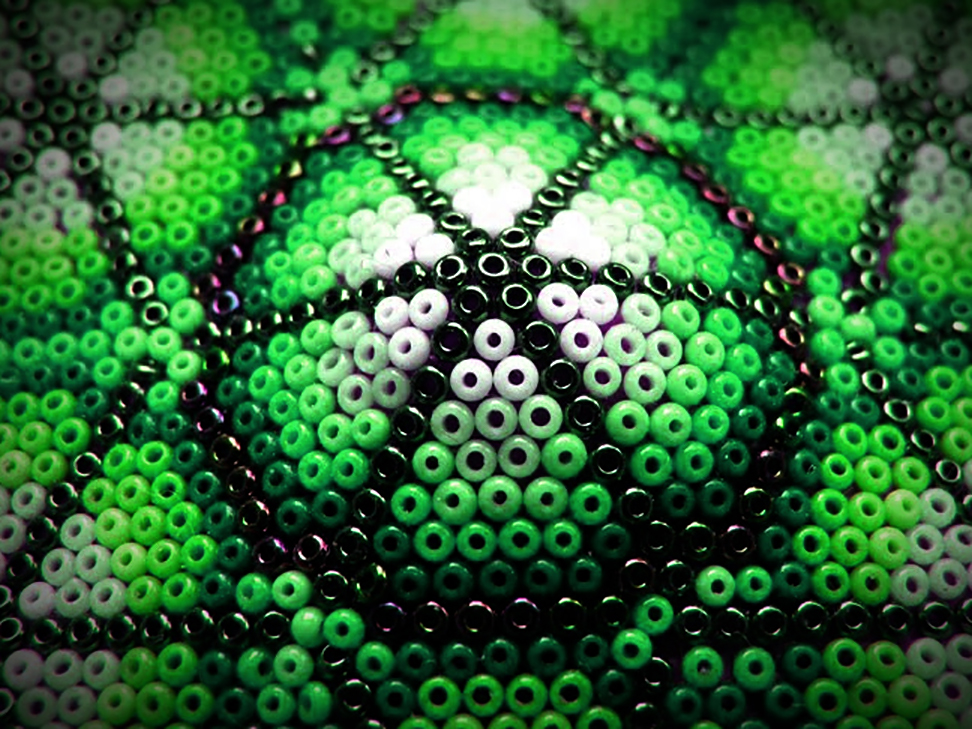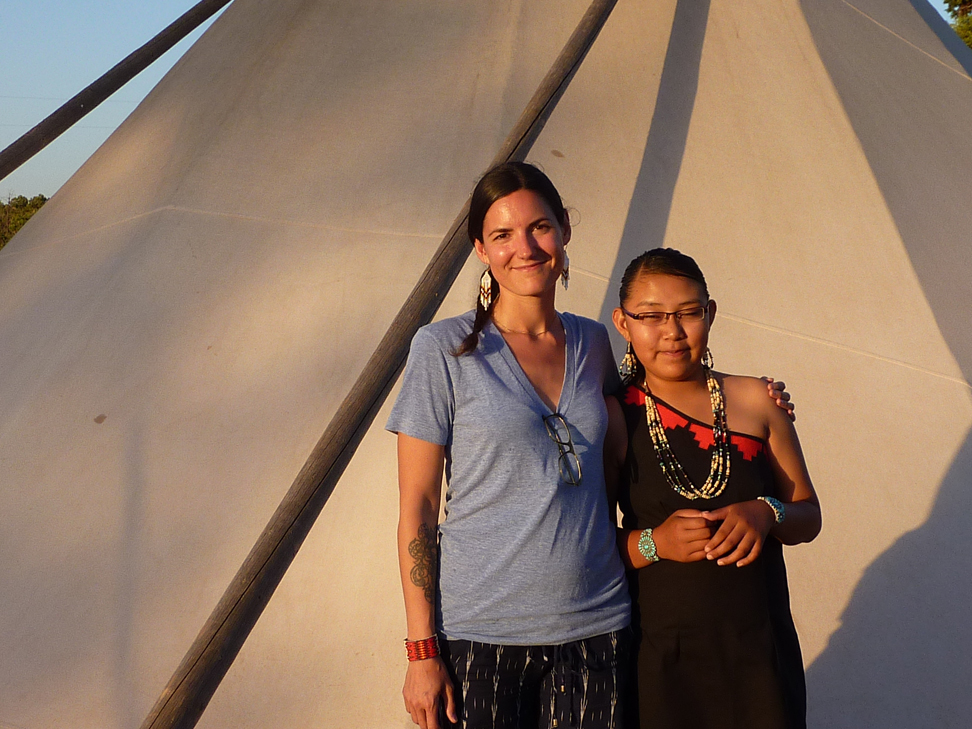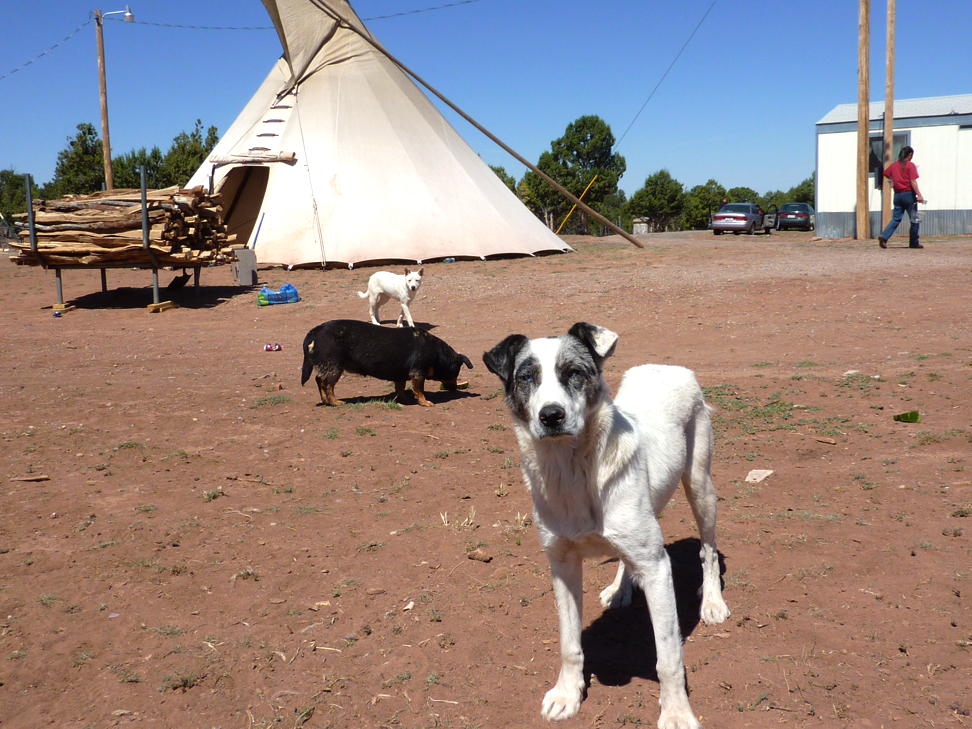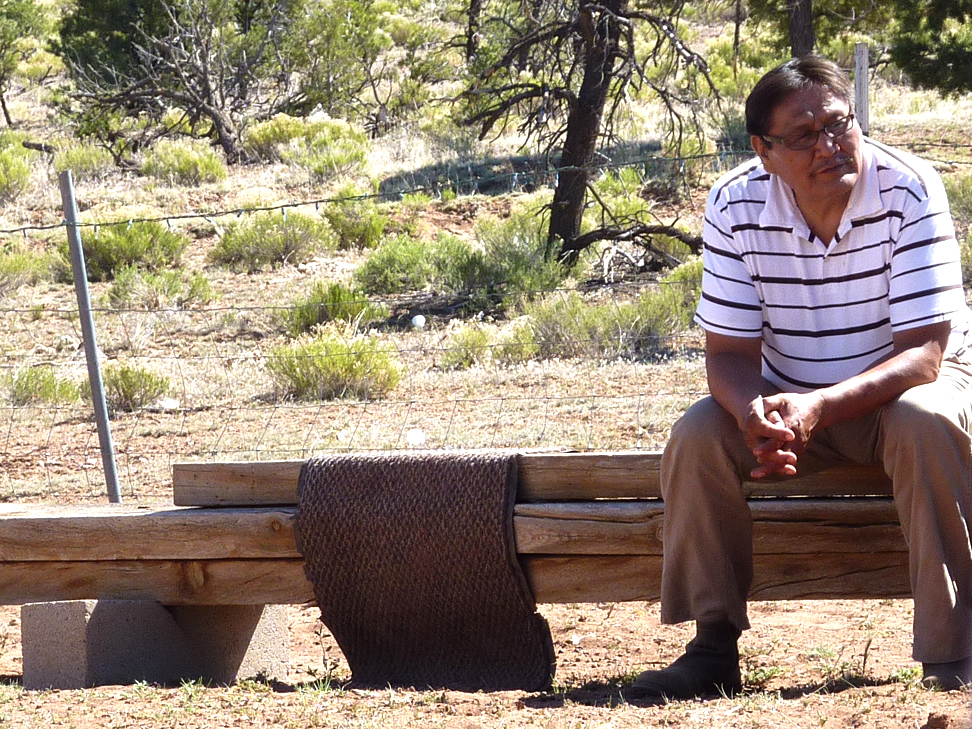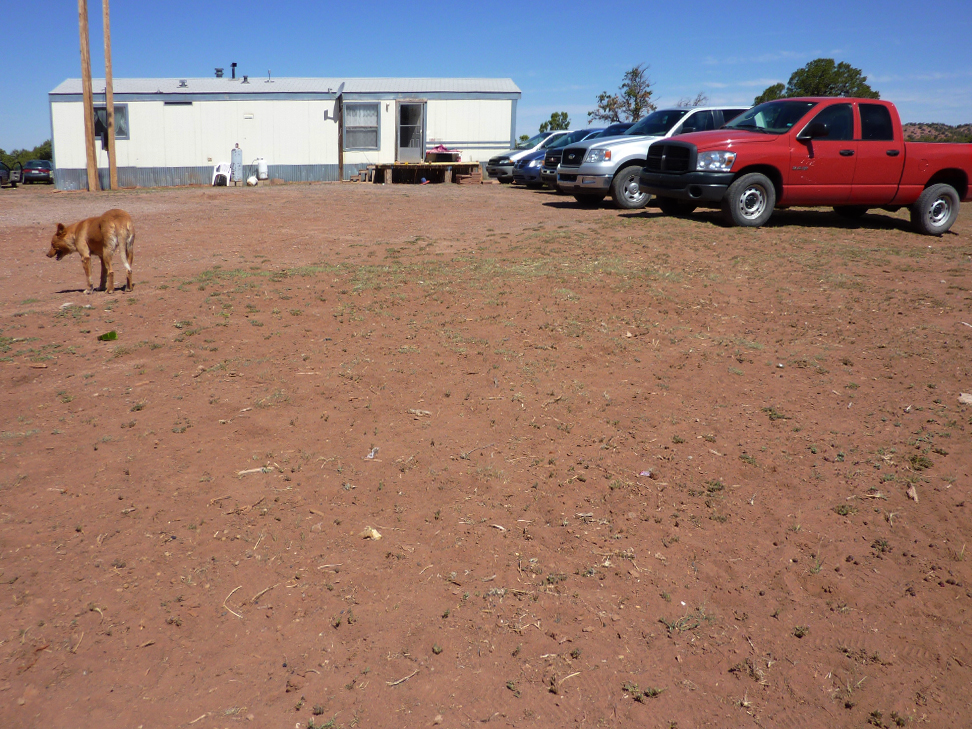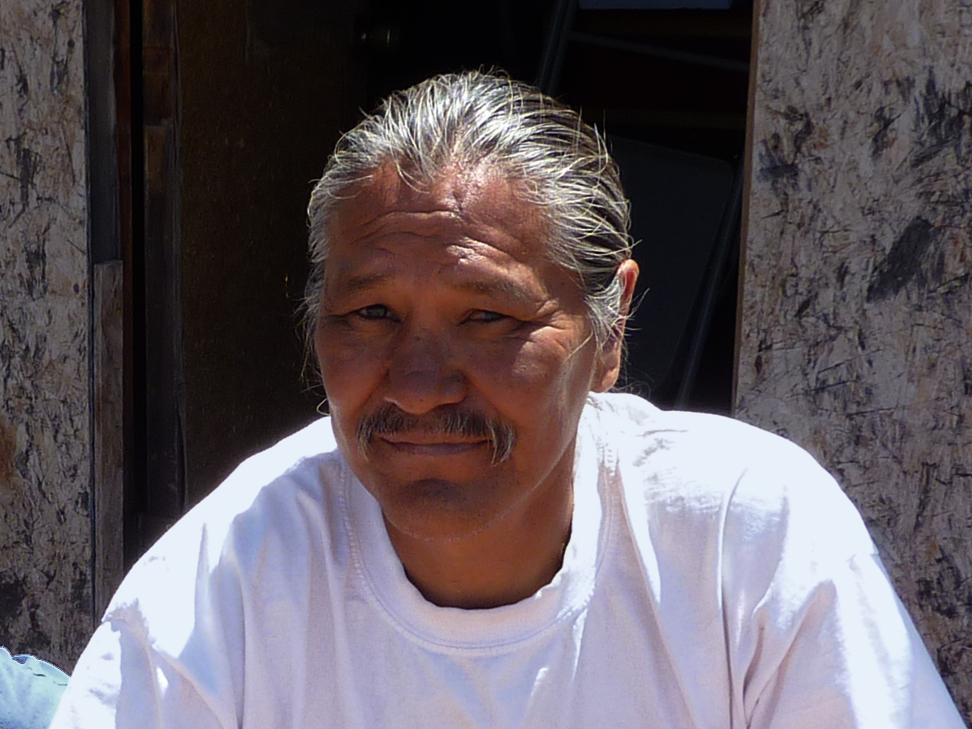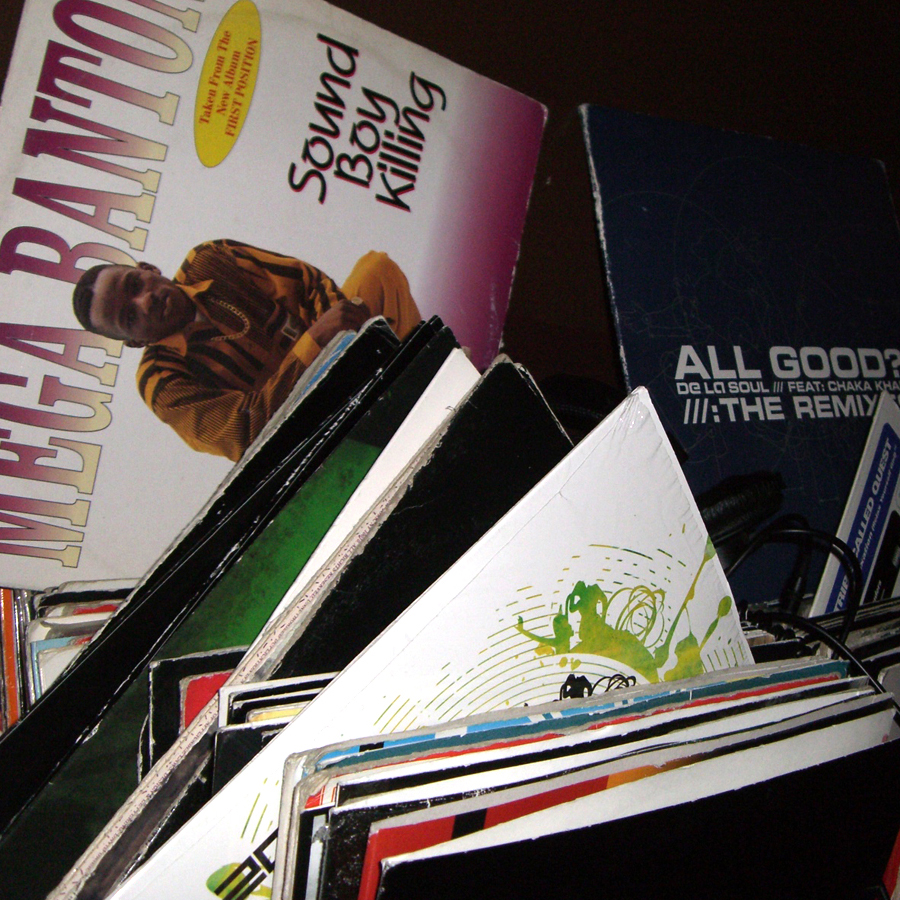GO WEST YOUNG MAN
I recently took a long overdue road trip out to the great American Southwest, aka Arizona & Utah. We rented a car in Phoenix and did a big loop up in to Utah and back down through the Navajo Nation, hitting a bunch of my favorite places along the way for hikes, rafting, and roadside cheeseburgers. We also spent a few days in the Navajo Nation with some friends towards the end. Big sky. Fresh air. Good times. Check out the map of the trail we blazed, starting in Phoenix and going clockwise.
SEDONA, ARIZONA
We stayed at The Amara, a relatively nice resort just down below the main drag on the north end of town. The room was adequate and the service professional. Outdoor dinners in the courtyard were accompanied by a white-linen-shirted bald guy without shoes playing a spanish guitar interpretation of Chris Isaak’s “Wicked Game” and other soothing soft rock hits. You’d think this would make you want to stab somebody in the face (him, namely), but it was actually just very very amusing.
One night I sat at the bar, drinking tequila alone (as one does), listening to the bartender and another customer discuss some kind of sports equipment. They were using terms I had never heard, and I could not for the life of me figure out what sport they were so enthusiastically comparing notes on. After about 30 minutes I finally put it all together and realized they were talking about frisbee golf. Go figure.
Every other business in Sedona is some kind of magical crystal spa or yoga studio that sells magic rocks of some kind. It seems they have developed quite a lucrative “spiritual tourist” economy. Yet the crowd is oddly suburban – not the typical purple-robed, empty-nesters and bearded white swamis in flowing MC Hammer pants you might expect at such locales. I paid them no never mind and concentrated on doing some hiking. These pics are from the Jim Thompson Trail in the surrounding western hills.
The drive up through the Oak Creek Canyon, from Sedona to Flagstaff, is gorgeous. Every now and then you can catch a glimpse of the locals down in the canyon, sunning themselves on a rock or floating downstream in an inner-tube. This was clearly their version of the beach and it was pretty damn nice.
We continued north through the western edge of the Navajo Nation on Route 89, heading for the North Rim of the Grand Canyon.
Once inside the reservation, we came across several of these cool wheat pastings on deserted buildings. This photo below was on an un-manned roadside stand smack dab in the middle of the desert. There were many more that I wanted to stop and photograph, but once you get up around 80mph on those straight arrow desert roads, slowing down is not always an option. Besides, we had places to be and a grand canyon to see.
Turns out the artist is actually a brother from North Carolina named Chip Thomas, who is a rez doctor by day and desert street king by night. The woman pictured above is the woman who works that particular roadside stand. Chip has been doing these wheat pastings for several years now. I think he really captures the spirit of the people and I absolutely love the work.
These are a few more images of his I found online. Check out his blog HERE
THE GRAND CANYON, NORTH RIM, ARIZONA
I hadn’t been to the North Rim of the Grand Canyon since I was about 7 years old, so I had no memory of the approach. The drive to get there alone is a real wonder to behold. from the desert floor, you go up and up and up in to a massive pine forest. There were almost no other cars on the road. I felt like Jack Nicholson heading up to the Overlook Hotel in the Shining. You know, those aerial shots of his volkswagen winding in and out of pine forest. *SIDENOTE: The exact same footage was used in the closing credits of the theatrical release of Bladerunner.
But I digress. You wind in and around these hills way way up there at 8000 feet. You feel like you’re on top of the world. But you are teeming with expectation, knowing that any moment you will come in to view of the Grand Canyon. It’s very exciting. Then all of a sudden your car is shot out of the woods like a cannon ball in to these incredibly epic green meadows. The scale of these meadows can not really be described and certainly not captured on my lousy camera. At first sight, it is nothing short of breathtaking. The scale of you and your puny car and this skinny sliver of a road compared to the gargantuan open sky and breezy green fields is truly awe-inspiring. You are instantly humbled by nature’s irrefutable majesty.
Like I said, this picture does nothing to capture it, but I post it here out of sincere reverence nevertheless.
The Grand Canyon itself needs no introduction. Either you have seen it and you understand, or you simply don’t. Here’s a few silly shots, but again, they pale in comparison to the incomprehensible scale of the thing itself. God bless Paul Bunyan and his lazy, axe-dragging habits.
We didn’t have the time to do the hike down in to the canyon. It’s at least a 3-day commitment, and Zion was calling me back home.
The sunset this day was marvelous. The western face of each canyon ridge blazed with orange and yellow fire for a few moments, then graciously transitioned in to darkness, swallowed in shadow.
We drove back out the way we came in, racing across the green meadows in the final rays of sunlight. Dusk was upon us and the woodland creatures were venturing out in to the meadows en masse. A lone 4 point buck raced across the grass along side us for a spell, then leaped up a rocky slope back to the forest’s edge. Rabbits darted across the road. A massive Golden Eagle sat perched on a burnt and twisted tree. A coyote trotted in and out of the headlight beams, his bushy tail bouncing along. We were heading north to Fredonia, a tiny town on the northern edge of Arizona.
We checked in to the Grand Canyon Motel, a small collection of musty cabins at the south end of town. At $39 a night, this was a bargain that couldn’t be beat. A sweet old couple lived in the room right behind the front desk. They greeted us warmly and after a rapid cheek in, the husband lead us to our cabin. The grounds were crawling with a motley crew of stray cats of every breed.
“Wow. You got cats!” I exclaimed.
“Don’t got mice!” he shot back
And that was the full extent of our conversation.
We dropped our bags and drove over the border to Kanab, where we were told there’d still be a restaurant or two that served past 9pm on a Saturday night. Sure enough there was a nice little place full of families just arrived for the last meal of the day.
After dinner I took a few pictures around town. It was all but deserted. Sometimes I go a little nuts with the long exposures.
ZION NATIONAL PARK – UTAH
We woke up bright and early the next morning and headed for Zion National Park. We were to be staying in Springdale for 2 nights, at the southeastern gate. You actually get to drive through a section of the park to get to Springdale.
The landscape changes so dramatically, so quickly, you really feel transported to another universe altogether. Like when Liv Ullman and gang emerges from the tunnel in Charles Jarrot’s schlocky, Bacharach-soaked 1973 remake of “Lost Horizon” and first gazes upon the fabled Shangri-La. Never mind that they shot that in Malibu State Park.
Perhaps what makes Zion so impressive, aside from the sheer elevation of the cliffs, is that the rock formations vary so wildly. Tall roughly-hewn orange cliffs in one direction, and circular checkerboard stone sand-dune shapes in another. Grey and white cliffs as well. Sometimes a combination of all of the above. This blend of dramatic landscapes personifies the term “shock and awe”.
The first morning, in true Bootcamp Bevan style, I woke up at 4:30am to hike the notorious Angel’s Landing trail. Anne was fast asleep. Angel’s Landing is renowned for it’s treacherously steep slopes and deadly drop-offs. Despite a couple fatal falls every few years, it’s still a big attraction in Zion, and gets very busy during the afternoon. This is why I woke up so early. I wanted to do it alone, and I wanted to do it first. I was the first person on the trail. I was hoping to reach the top before the sun crested the valley.
The first half of the journey is a very intense series of paved switchbacks, taking you up up up in a short amount of time. It’s a serious workout for your lungs and heart.
Eventually you reach a short clearing and a dramatic cliff edge, looking straight down in to the canyon to the north of the landing.
From here you can see the challenge ahead: A long, thin spine of a cliff that sticks out in to the middle of the valley from a crevice in Cathedral Mountain. The first thought that pops in to your head is “they can’t be serious!”.
It is insanely steep, and quite narrow at times, with 1000 foot drops 5 feet on either side of you. They have installed chains to hold on to in the more precarious parts, but they do little to calm your nerves. On top of that, it was particularly windy at 630 am. I had no way of knowing just how windy it would get but I was too excited to turn back.
I reached the top just as the sun broke through. I was ecstatic, and overcome with uncontrollable laughter at the thrill of having defied death. An exaggeration on my part, no doubt, but that is honestly what it felt like. It is definitely up there on a short list of the more epic moments of my life.
The view from up there was bananas.
Later that day we hiked a 2000 ft ascent to an overlook view of the whole valley. I took only a few pictures along the way, spending most of the time just trying to catch my breath. We saw some big horn sheep frolicking on the rocky slopes towards the summit, but I was too far to get a good shot. They had bushy white tails and were smaller than I had expected. More like goats than big fat rams.
When the sun finally goes behind the mountain, the color really comes out of the rock. It was astonishing.
RANDOM OBSERVATION 01
Germans are everywhere. You cannot go to one vacation spot on planet earth without a third of the people being German. “How can this be?”, you ask. How indeed.
Germany has a reported population of about 82 million people. Or so they claim. Evidence would seem to suggest it is closer to roughly one third of the Earth’s population. So, more like 2.83 BILLION people. How else could they occupy one third of all vacation spots? So where exactly are they hiding these legions of tall-socks-n-sandles-clad, pot-bellied adventurers? Hmmmm.
Then I remembered our old friend Hitler. The Fuhrer, as I recall, was a card-carrying member of Germany’s “Thule Society”, a mishmash of wealthy occultists and volkisch who embraced the Hollow Earth theory first proposed by Edmond Halley in 1692. The Thules used some Tibetan prophecies to support their beliefs, and it is said Hitler himself ordered a naval expedition to the Antarctic in order to find the secret portal to the world within. At the Nuremberg trials, Admiral Karl Donitz is reported to have boasted of completing this mission, and having secured for the Fuhrer “an invisible fortification, in midst of the eternal ice.” Sounds pretty badass. Sounds like he read one too many Superman comics as well.
So maybe the whole Gregory Peck as Mengele cloning thing worked after all, and like Saruman’s mines in Isengard filled with freshly-hatched Uruk Hai, Germany continues to breed a race of jabbering tourists beneath the earth’s crust, periodically dispatching them to locations throughout the globe where breakfast buffets abound. Makes sense to me.
Not that there’s anything wrong with Germans, mind you. They’re lovely.
That night we stopped in at Springdale’s only asian restaurant, Thai Sapa, for some home-cooked Thai food. I made the blunder of demanding that they make my red curry chicken spicy.
“Not American spicy…” I insisted “Thai people spicy!”
“You sure? Okay we make spicy for you”
Man alive was that some spicy fucking chicken. I was paying for that for days. But it was easily the best meal we had eaten on the whole trip. Getting out of NY, you realize just how lucky you are to have endless great food options at your fingertips. Not so much in the Southwest, especially in places catering to tourists. It was the same menu everywhere you went, and most of it was very mediocre. We both gained 5 or 10lbs I’m sure of it. Oh well. When in Rome.
RANDOM OBSERVATION 02
Girls in Utah do this thing where they make their hair big and tall in this half-dome shape, but only in the back – like a little round tumor on the back of their skull. After 3 or 4 days, this stops looking trashy and starts looking weirdly sexy.
After two nights we again got up early and hit the dusty trail, heading for Moab by way of Bryce Canyon. Anne started calling me “Bootcamp Bevan” due to my fondness for 6:30am departures. These rigorous vacation tactics were handed down to me from my father, who used to have us leaving at 4am for family roadtrips. I still remember waking up already in the car, still in my pajamas, halfway to Chicago. I learned from the best.
BRYCE CANYON, UTAH
Bryce is a beautiful sight at sunrise, but I’ve never felt compelled to venture down in to the canyon much. I’m probably missing out. Maybe next time.
ARCHES NATIONAL PARK – UTAH
Speaking of my father, he first brought me to Arches National Park when I was 14. It has remained one of my favorite places on earth ever since. The landscape is just completely surreal. Like a Roger Dean rendering of Mars. Or if they ever do a live action version of René Laloux’s Fantastic Planet, this is definitely the spot for it.
The best part about Arches may be that you can climb on most of the rock formations at will. There is something remarkably satisfying about hiking on a giant rock. I don’t mean a pile of rocks. I mean one big rock (which Utah, and Arches specifically, is full of). There’s just something very binary about the intersection of shoe and rock that you don’t get from walking on dirt or grass or whatever. There is no negotiation between two surfaces. There is simply the rubber of your shoe, and the immovable rock. The rock is oblivious to your presence and makes no effort to secure or dislodge your footing. It just remains there, as it has for eons. The rest is up to you.
One of those big rocks I was talking about. The one on the left was roughly the size of a Carnival Cruise ship.
RANDOM OBSERVATION 03
Motel “fitness centers”, if you’re lucky, consist of an elliptical machine from 1985, a broken treadmill, and a set of pink 5lb dumbbells. Where oh where was my beloved, model-filled Soho Equinox.
CANYONLANDS NATIONAL PARK – UTAH
On the following day we decided to do an easy morning hike in Canyonlands, followed by some rafting down the Colorado River in the afternoon. Canyonlands National Park is vast, and far less of a structured experience than Arches or Zion. Much of it requires a back country permit and serious hiking expertise and equipment. This is where the film “127 Hours” took place. We didn’t have much time, so we chose a leisurely hike across a huge grassy savanna to the rim of the canyon. I tried desperately to resist the urge to be Terrance Malick with the wildflowers, but alas Terrance got the best of me.
Down below, they call it “The Maze”. I think you can access it on foot, by jeep, mountain bike, and perhaps canoe. They suggest 3 days minimum for finding your way in and out.
The afternoon rafting was delightful. I left my camera in the car for fear of it ending up on the murky bottom. We were placed in a raft with a few other families for the exceedingly pleasant 3-hour float down the Colorado. One kid in the boat kept yelling “Daddy! It smells like froggy’s tank!”
Along the way we passed some sort of cowboy ranch and hotel that had a restaurant right on the river, so we went back there for dinner at sunset. The view from the dining room was awesome, but it was without a doubt the worst prime rib steak I’ve ever eaten. It tasted like an old soggy shoe recovered from a van down by the river. How any chef could mess up a steak this bad is beyond me. You could microwave it and it would have tasted better. But like I said, the view from the table was glorious.
THE NAVAJO NATION
The next day was another Bootcamp Bevan early-rise-n-hit-the-road-smiling executed maneuver. From Moab we headed down 191 towards the Navajo Nation. Anne had some friends in Chinle, and I insisted we drive through Monument Valley for the full Southwest Experience.
The Navajo Nation is enormous. 26,000 miles. Bigger than 10 U.S. States. Suck on that Massachusetts. The population is about 170,000 people – just over 50% of all Navajos. The word Navajo was given to them by the Spanish, who first encountered them in the late 1500s. Some prefer to call themselves simply “Diné”, which translates to “the people”.
There was something exceptionally cool about being inside the United States with some of the original owners, who still speak their native language – the original American language. English is a second language for all but some of the most recent generation, thus most have a distinct Navajo accent when talking to you in English. It reminded me of being in Holland and having everyone speak English to me, simply out of courtesy. You can’t help but feel grateful for their accommodating nature and hospitality, whilst kicking yourself for being so ignorant and mono-linguistic.
The reservation is incredibly poor, much of it feeling like a third world country. The main industries appear to be sheep, cattle, and selling arts n crafts to tourists.
Water is scarce. Deadly scarce, as a matter of fact. They have been living through a water crisis for generations now, and it only gets worse. Much of this seems due to water diversion for Tucson & Phoenix, and the siphoning of springs necessary for coal production. The coal is mined on the reservation, then shipped via railroad to power plants that support the major cities, bypassing the reservation power grid altogether. It’s no coincidence that many Navajo not only don’t have running water, but they don’t even have electricity. And the state of Arizona is removing water that is officially Navajo owned by government granted water rights, yet not a dime has ever been paid. Same as it ever was, huh? I am just beginning to learn about this, so please forgive my brief elementary overview.
In addition to a lack of water and power, the social ills of poverty abound. Unemployment tops 50%. Pile on rampant alcoholism, drug abuse, domestic violence, gang violence, etc., and you start to get a picture of how bleak things are, with little hope in sight.
CHINLE, ARIZONA – NAVAJO NATION
Chinle is very desolate. Tumbleweeds roll across the brown, cloudy plain, caught up in massive dust devils. Most people live in trailer homes, often way the out in the middle of nowhere like this dude. Others live in subsidized housing.
The last place I saw livestock grazing in weird, barren places like gas station parking lots was Jamaica.
In addition to seeming as impoverished as a third world country, it is also very much cowboy country. Rodeos are big news out there.
I came across some more wheat pastings by the guy I mentioned earlier.
RANDOM OBSERVATION 04
We stayed at the Holiday Inn Express in Chinle. To my wonder and amazement, Holiday Inns have these weird beige belts around the pillows, with a transparent, gelatinous, mauve green squares attached that tells you if the pillow is “hard” or “soft”. If you get the 2-queen bed room, you end up with four of each to mix and match. I preferred the soft, if you must know.
CANYON DE CHELLY – NAVAJO NATION
The main tourist attraction in this area of the rez is Canyon De Chelly, a relatively shallow canyon compared to others, but rich with Anasazi ruins and petroglyphs. Being entirely located within the Navajo Nation, locals are allowed to live in the canyon, and the only way you can go down in to it is by hiring a local guide and proceeding on foot, horseback, or jeep. We hired a jeep.
the Navajo have a cool theory about where the pre-historic Anasazi people disappeared to. They believe they passed through a portal in the cliff walls, following a magical snake in to the parallel dimension from whence they originally came. So they actually still live in a parallel version of the same canyon, but they vacated to make room for the Navajo. Pretty cool of them if you ask me.
These girls emerged from their stone house to sell us some handmade jewelry. Life is hard down in the canyon. No running water. No electricity. No cell phone service. If you don’t live near the entrance, the only way to get out is by hiking up the 1000 foot ascent. Most of these trails have been there for well over a thousand years.
The pattern and colors are specific to Canyon de Chelly. The design mimics the ins and outs of the canyon from an aerial view.
This petroglyph was my favorite. The jagged line represents the sound echo in the canyon. Looks not unlike a computer generated waveform, huh?
I got out of the jeep and caught up with some beautiful horses that didn’t seem to be owned by anybody.
GANADO, ARIZONA – NAVAJO NATION
Anne’s friend James lived up in the rolling hills surrounding Ganado, about an hour south of Chinle. They had just set up a tipi that morning for a birthday celebration for James’ wife, Mary.
Tipi ceremonies did not originate with the Navajo, but have been adopted by those who are members of The Native American Church.The Native American Church was founded in the late 1800s by a half-native guy named Quannah Parker. I believe Parker’s inspiration was an effort to unify the beliefs of all of the American tribes as they were being forcibly mixed together on reservations in the decades following the Trail of Tears. Parker mixed the Peyotism traditions of the Texas tribes, which go way way back to pre-Columbian times, with the tipi ceremonies of the Oklahoma plains indians. It has been spreading ever since, with each tribe incorporating aspects from their own traditions along the way.
Peyote inspired beadwork
We had a great time hanging out at James’ ranch. We were welcomed with open arms by everybody, and I think we both felt very privileged to be there.
The tipi ceremony that night was certainly the most intense spiritual ritual I’ve ever participated in. Sundown to sunrise. 12 hours sitting or kneeling in the dirt. Soaked with sweat – 2 feet from a roaring fire that is intensely hot. Hours and hours of singing, drumming, and testifying before the spirits. Most of it was conducted in Diné, with a few people speaking in English here and there, mostly for our benefit I assumed. All Navajo songs. Much more aggressive and devoid of East Coast hippy yoga affectation. I can’t really describe it to any degree of satisfaction or true reverence. I was simply honored to have been included. I haven’t done a tipi ceremony since.
It’s not every summer vacation where you get a truly humbling experience mixed in with your rest and recreation. That is something that I’ve really come to value in recent years – learning from others, and hopefully gaining a healthy perspective on my own life and the things I should be grateful for. I can’t thank James and his family enough for letting us in to their lives and allowing us to breathe in another side of the American Experience. I know I’ll carry it with me forever.

